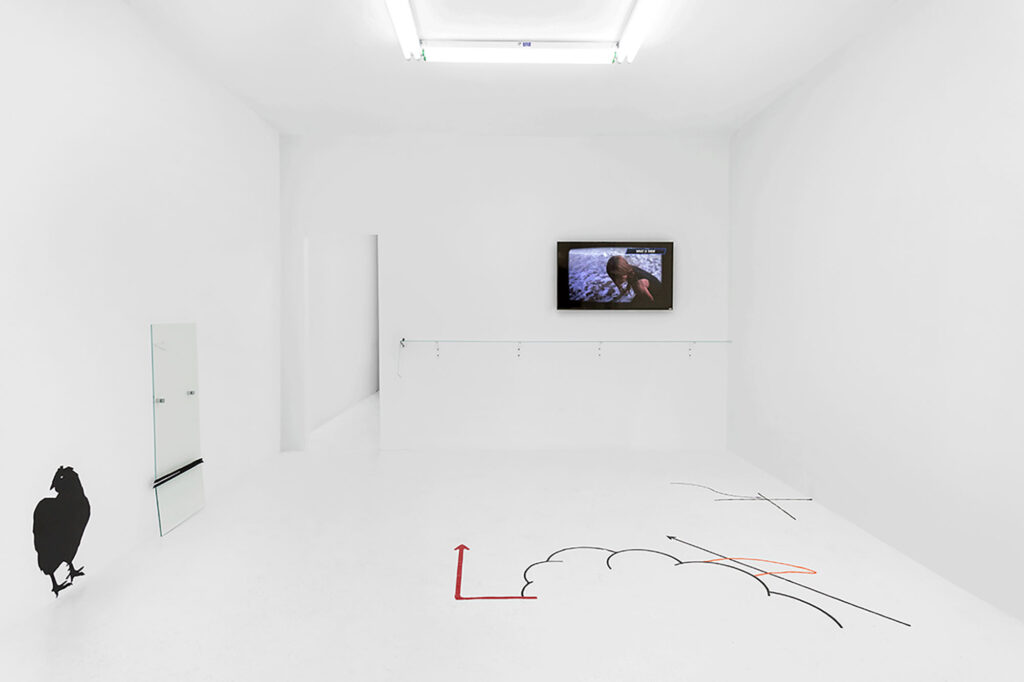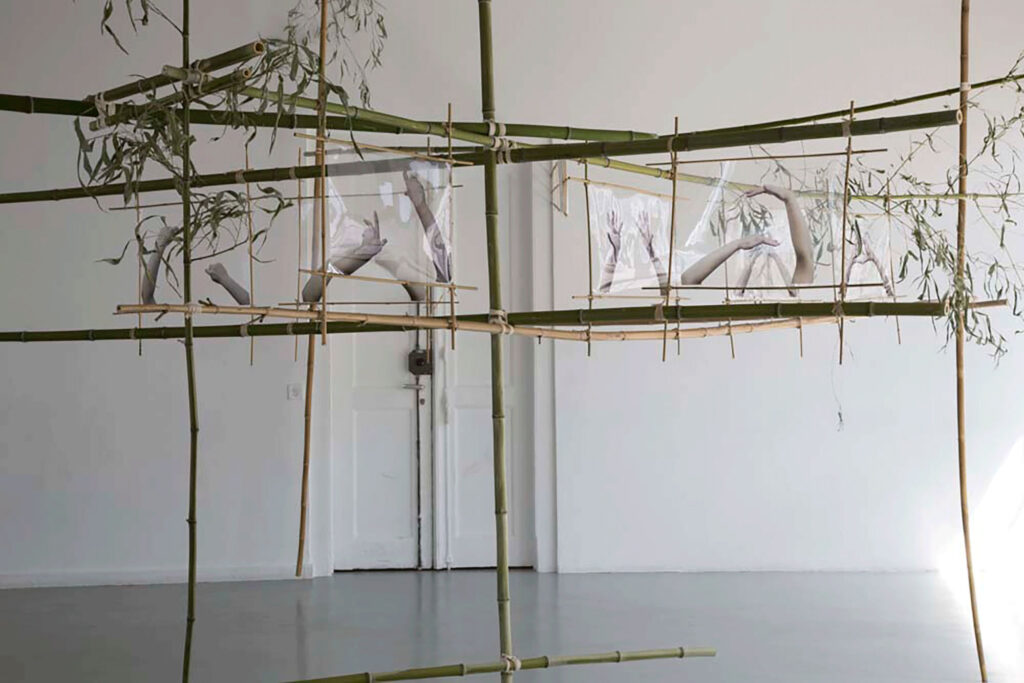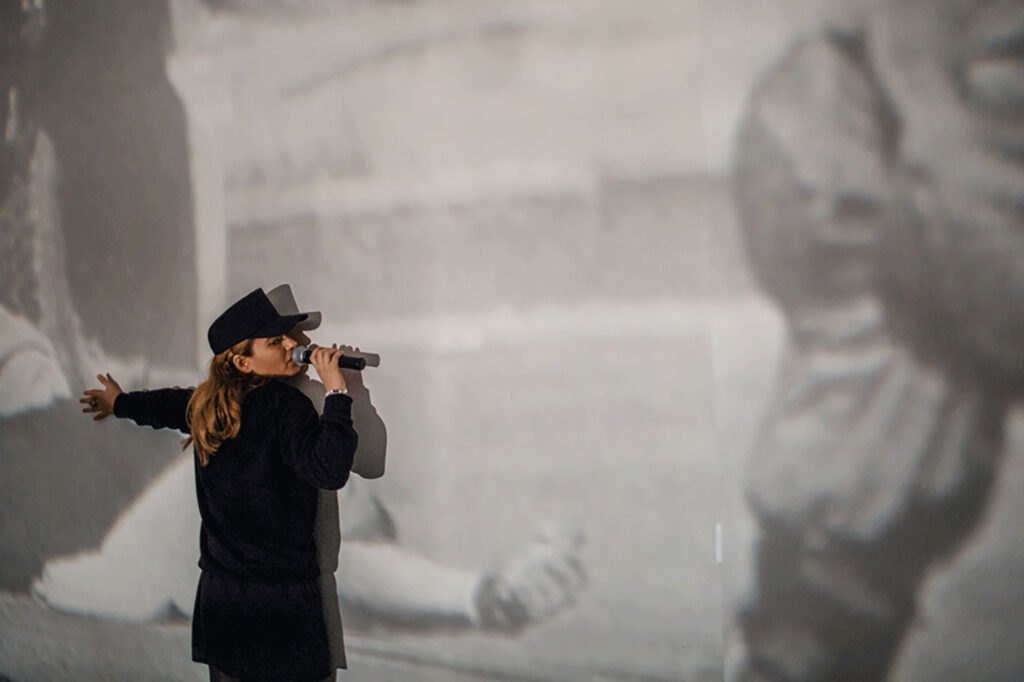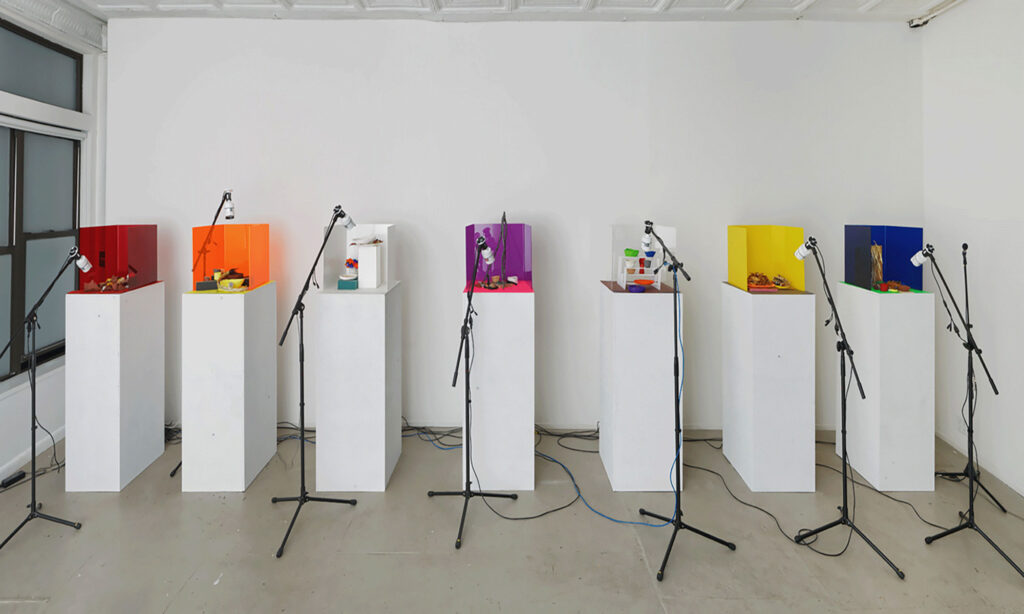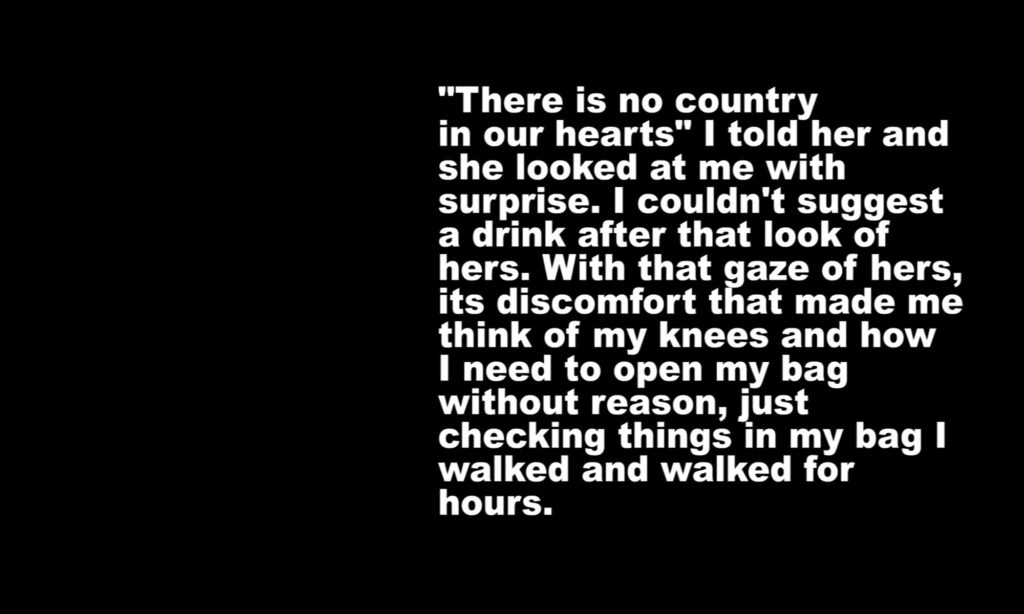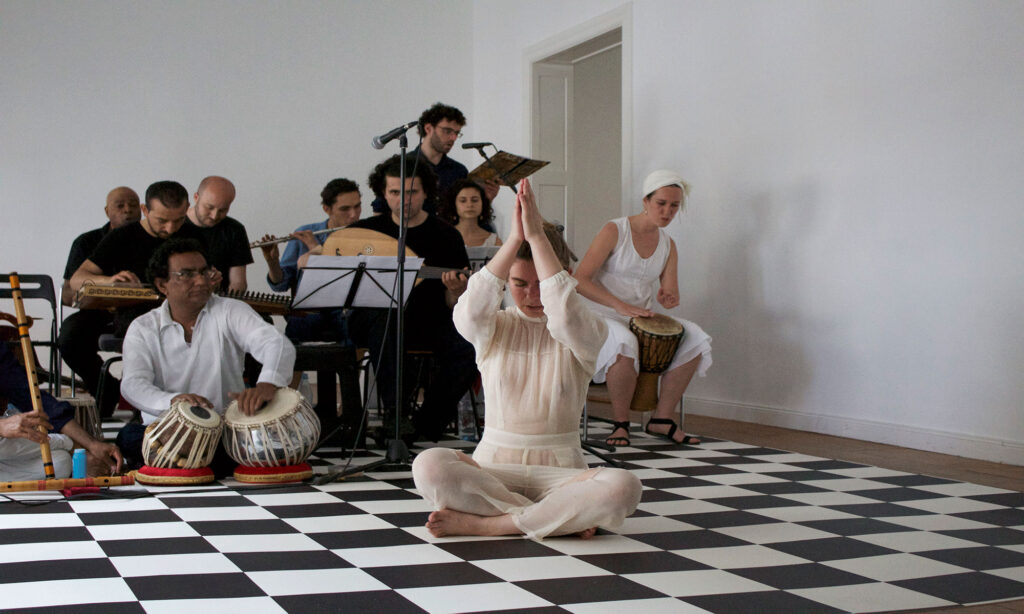2015
- ×
- ×
- ×
- ×
- ×
- ×
Business Meeting With Dry Ear
at Central Fine, Miami (1/12/15- 3/1/16, extended until 30/3/16)

Business Meeting With Dry Ear, photo by Christian Küster. ©Georgia Sagri
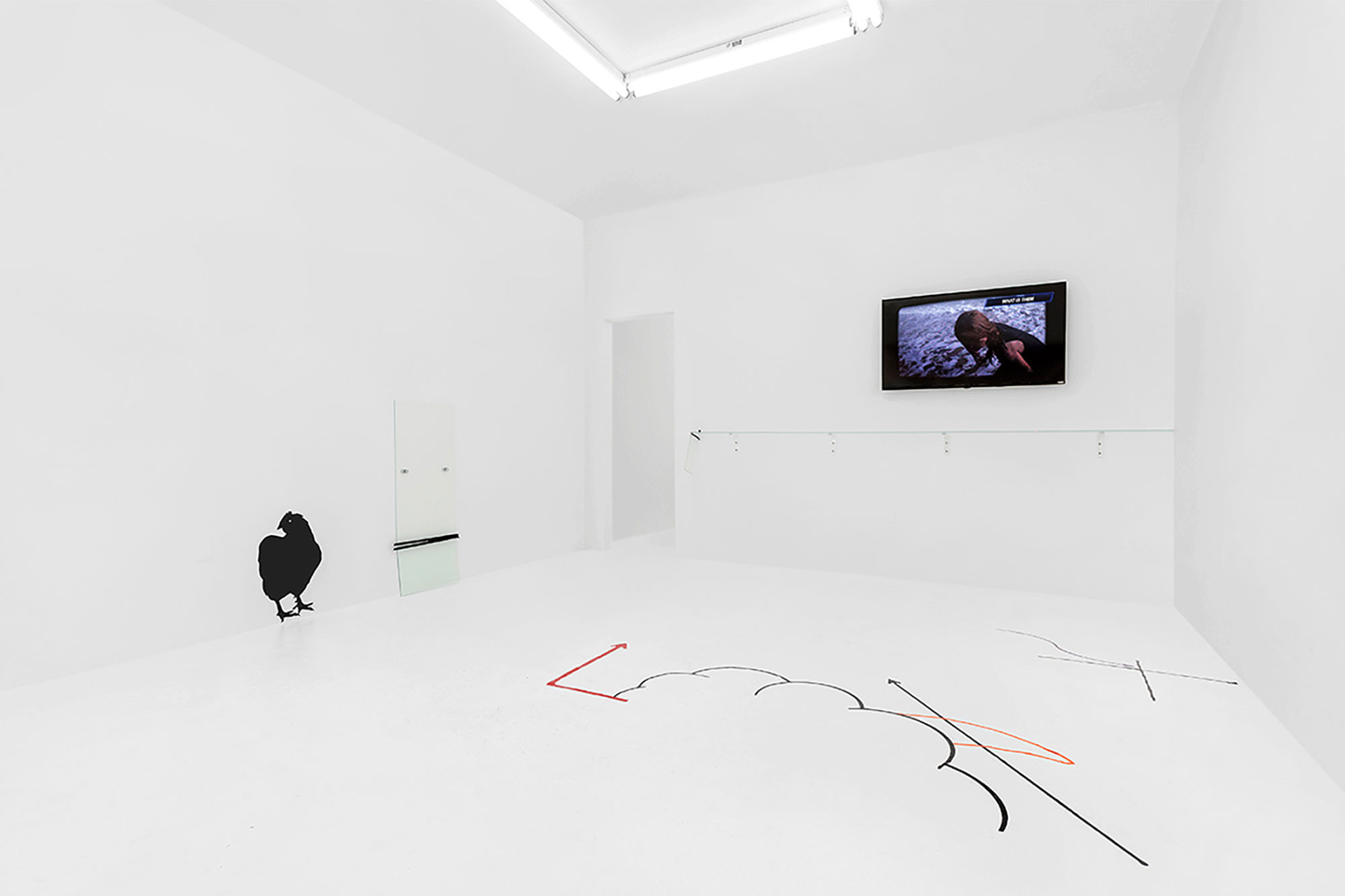
Business Meeting With Dry Ear, photo by Christian Küster. ©Georgia Sagri
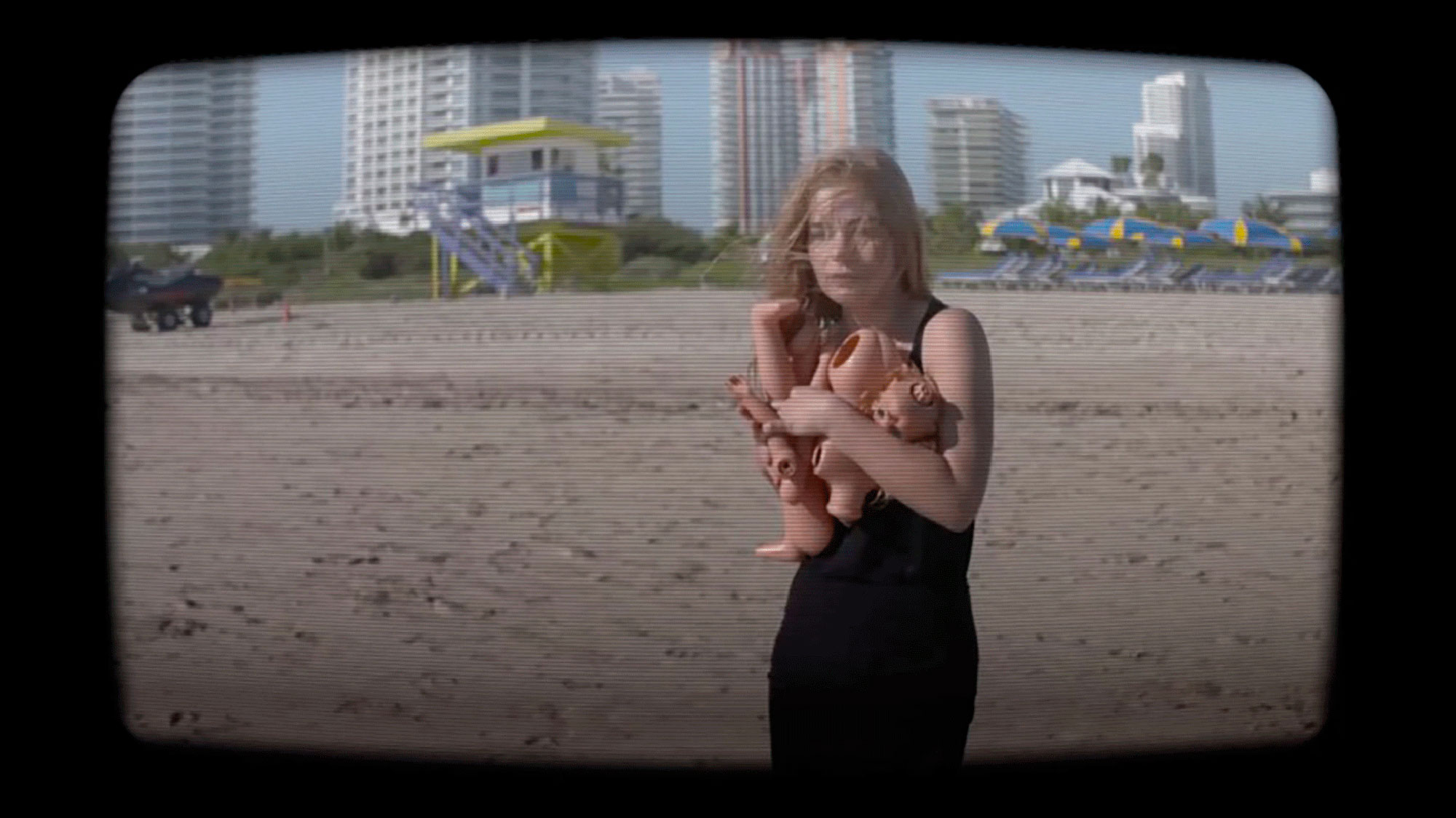
What is Them, 2015, Film, ©Georgia Sagri
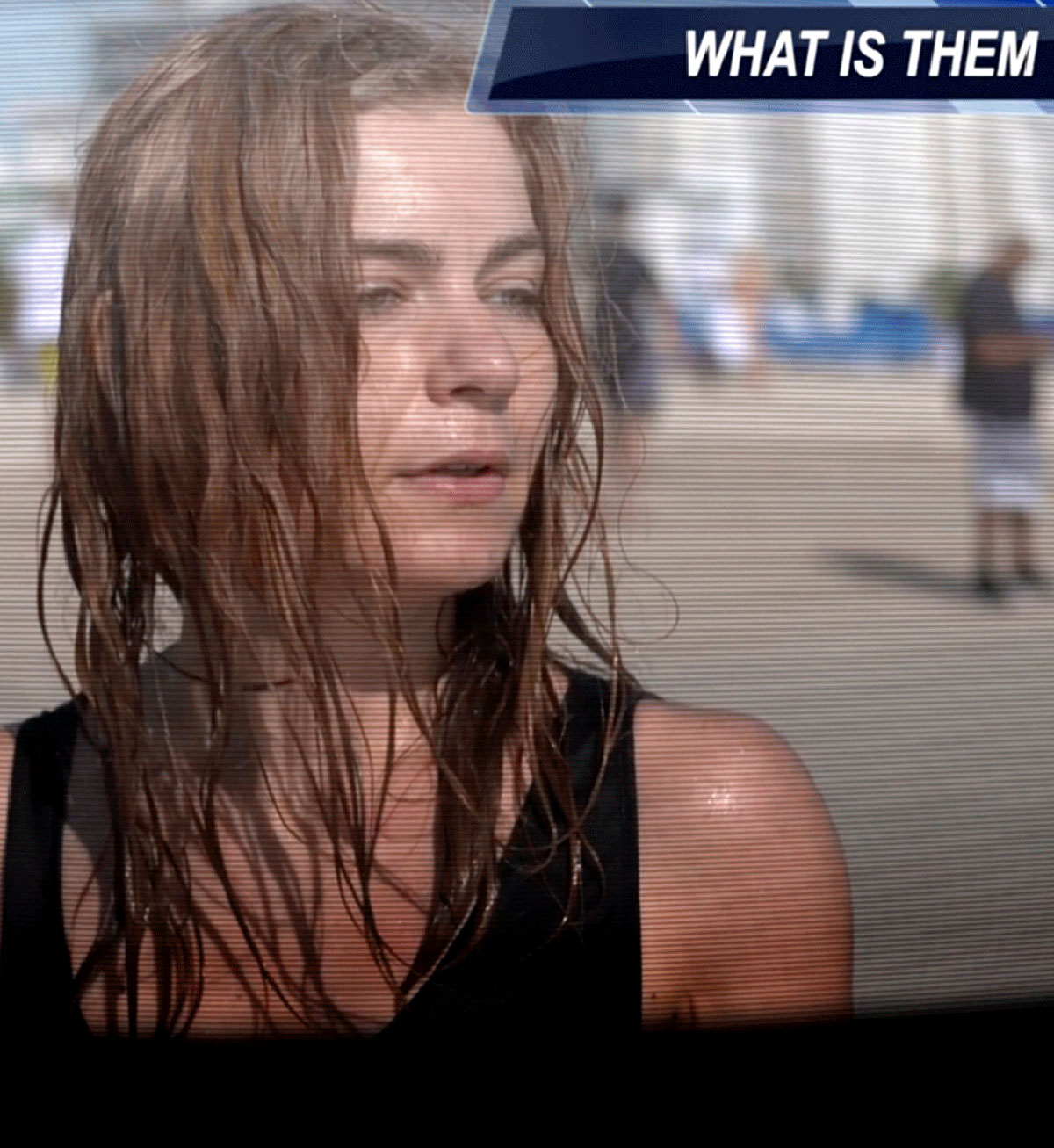
What is Them, 2015, Film, ©Georgia Sagri
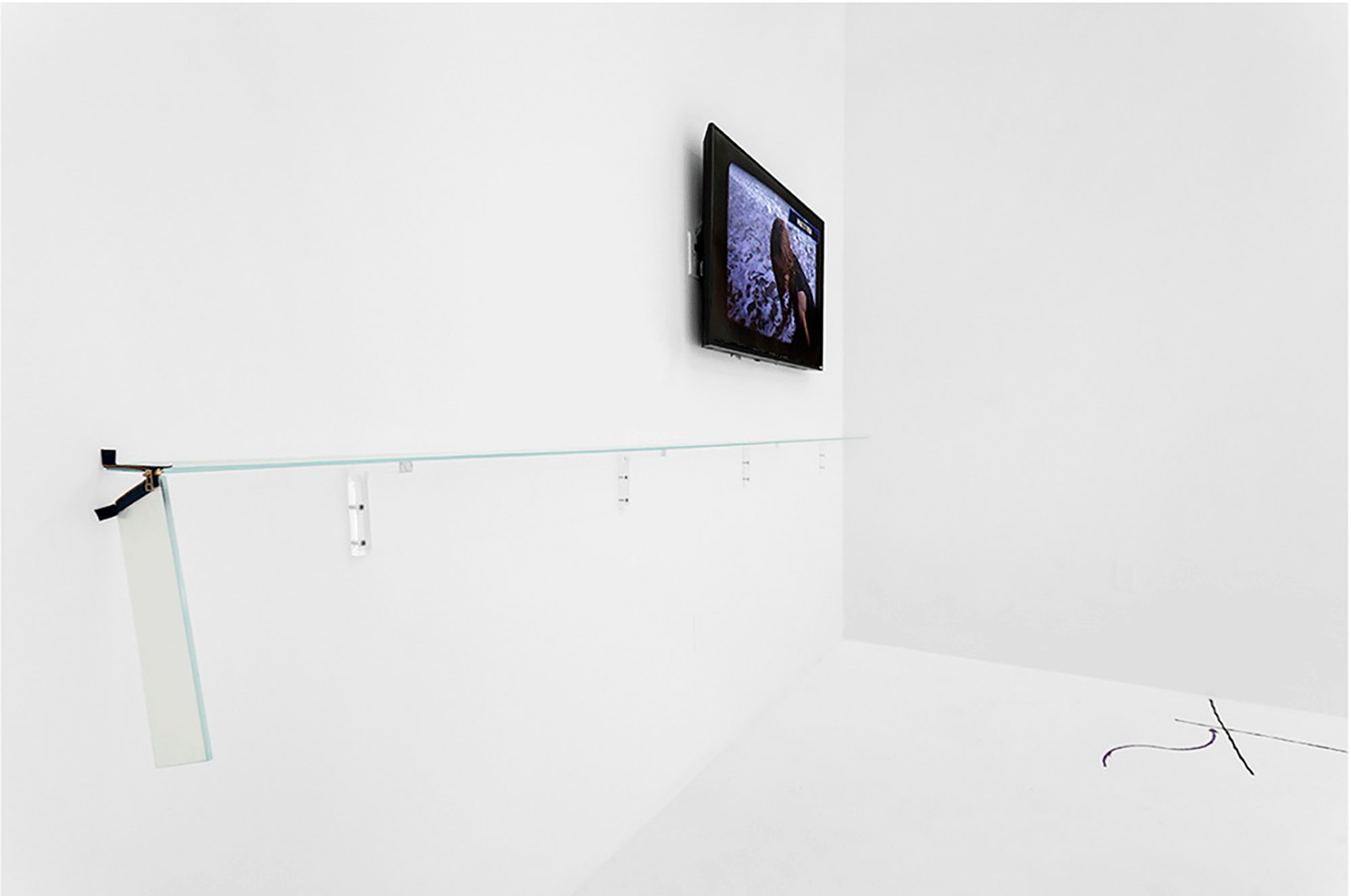
Business Meeting With Dry Ear, photo by Christian Küster. ©Georgia Sagri
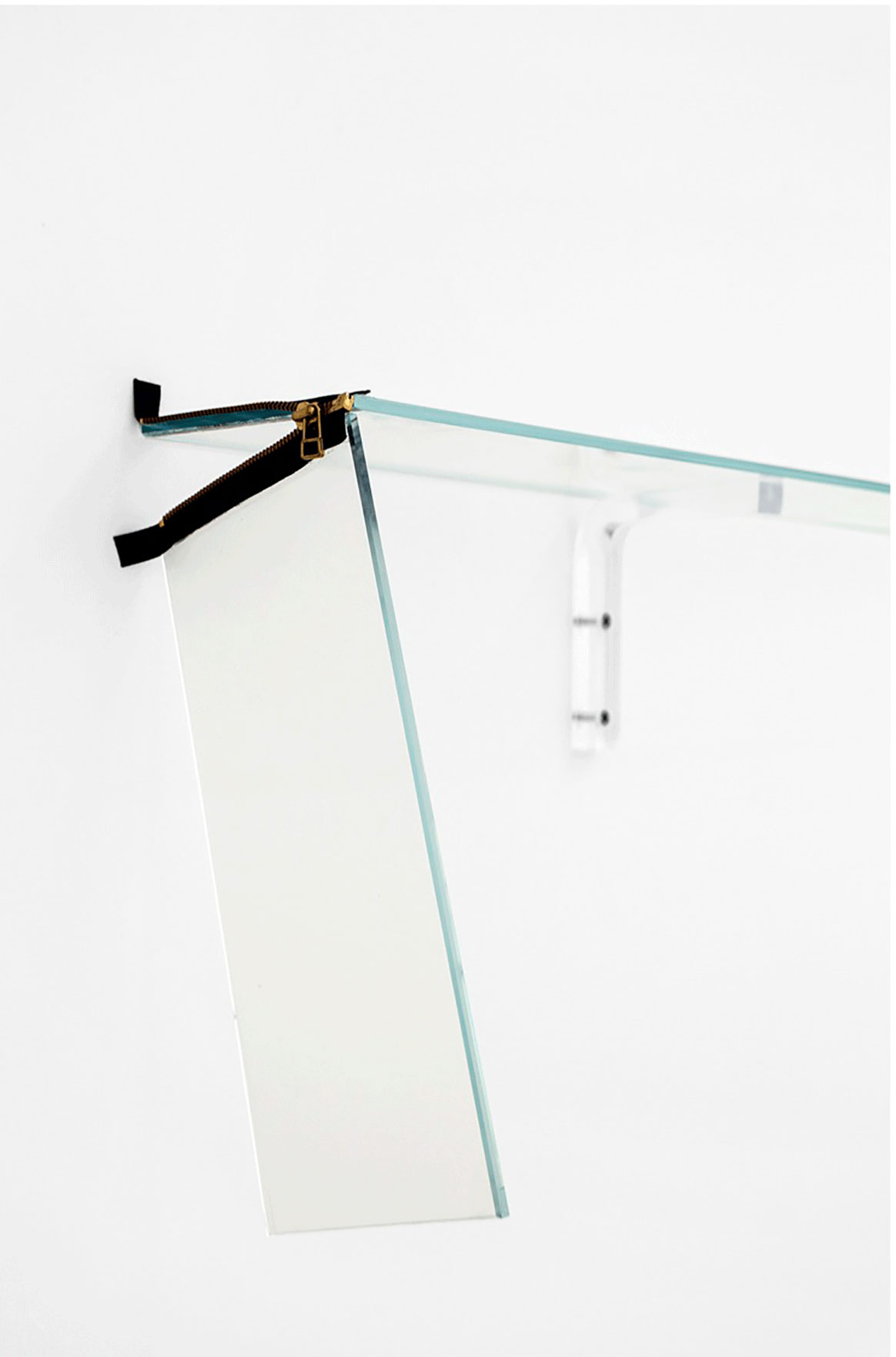
Business Meeting With Dry Ear, photo by Christian Küster. ©Georgia Sagri
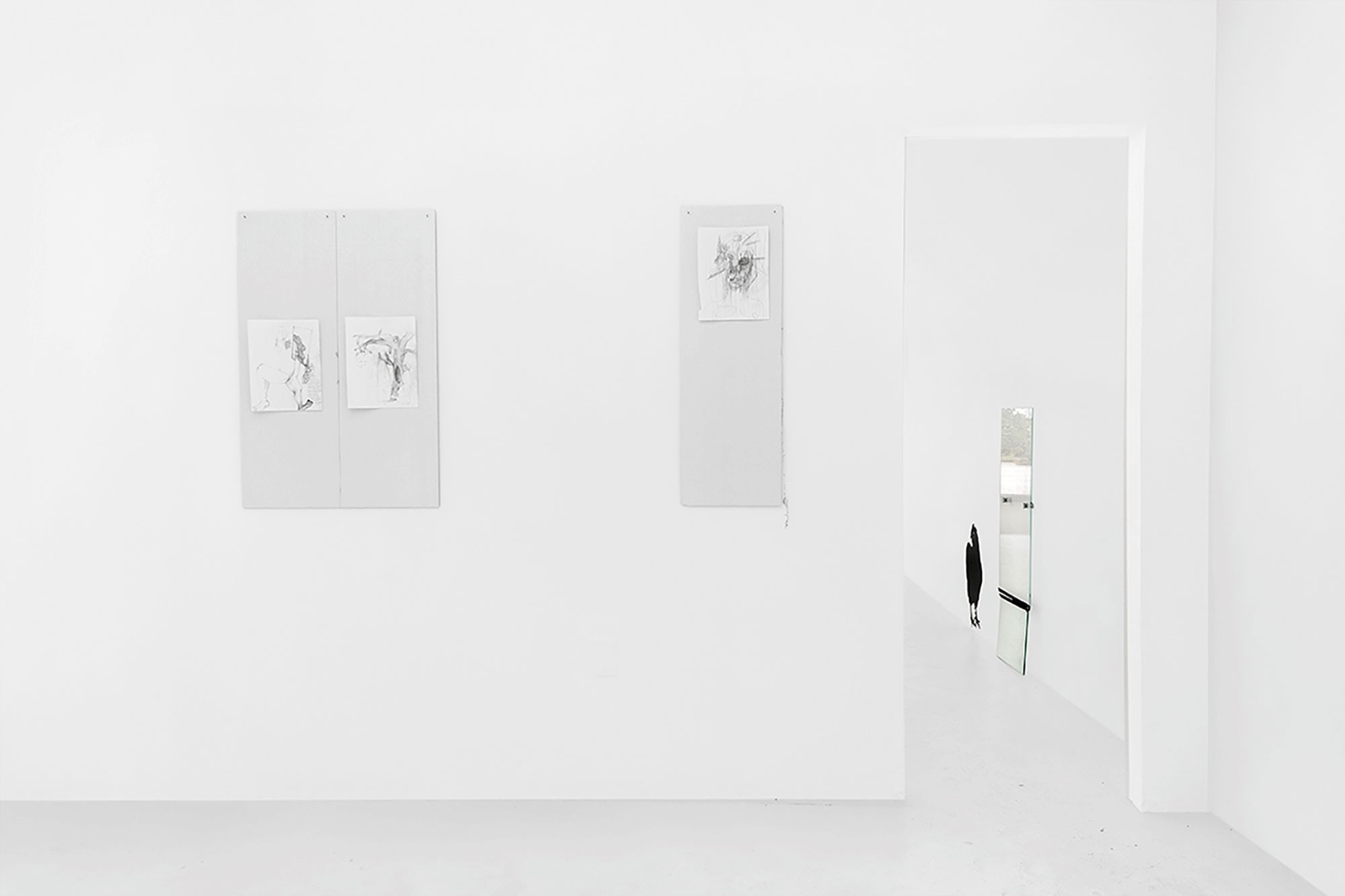
Business Meeting With Dry Ear, photo by Christian Küster. ©Georgia Sagri
SALTWATER: A Theory of Thought Forms -14th Istanbul Biennial
at Istanbul, Turkey (5/9 - 1/11/15)
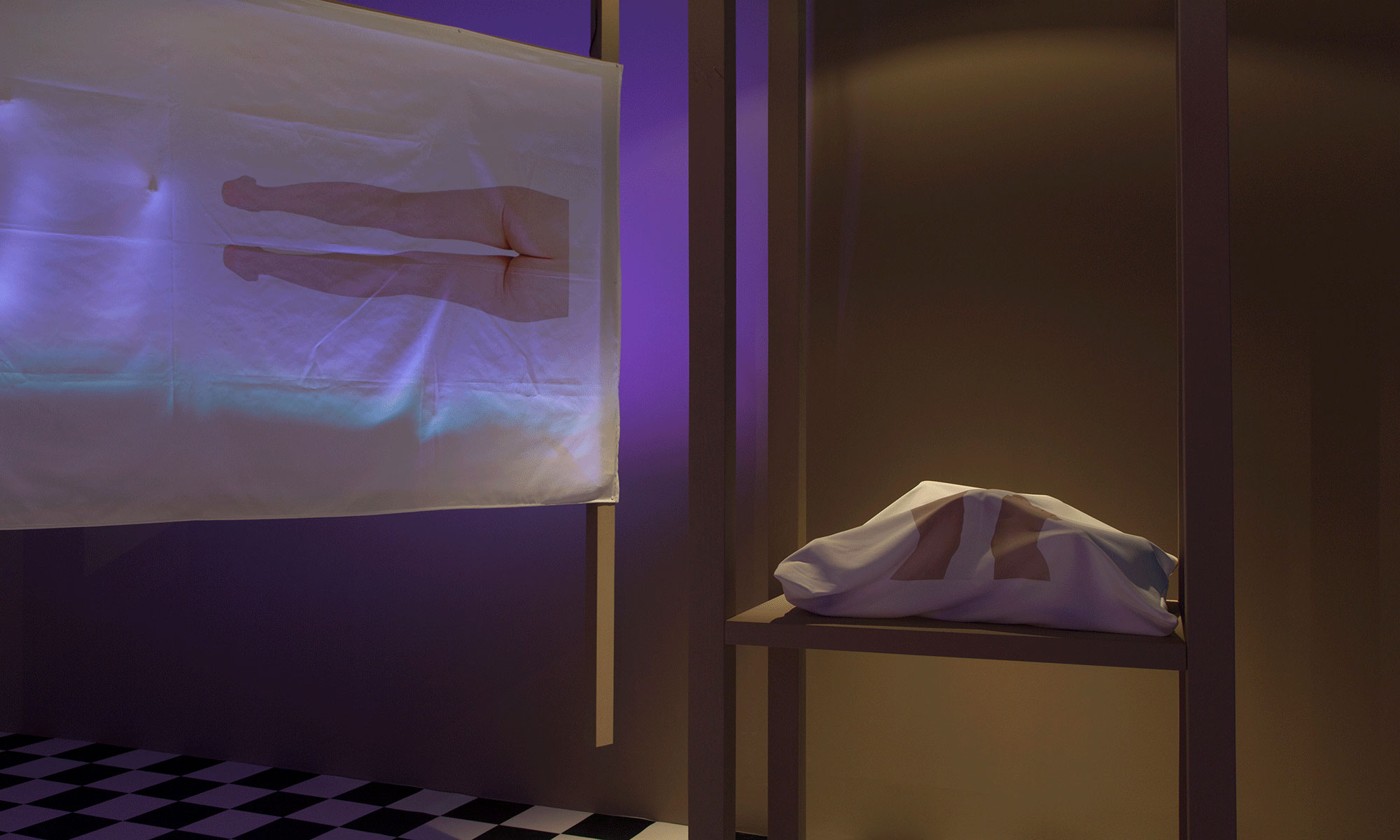
my first science fiction book, Religion, photo by Stathis Mamalakis. ©Georgia Sagri

my first science fiction book, Religion, photo by Stathis Mamalakis. ©Georgia Sagri
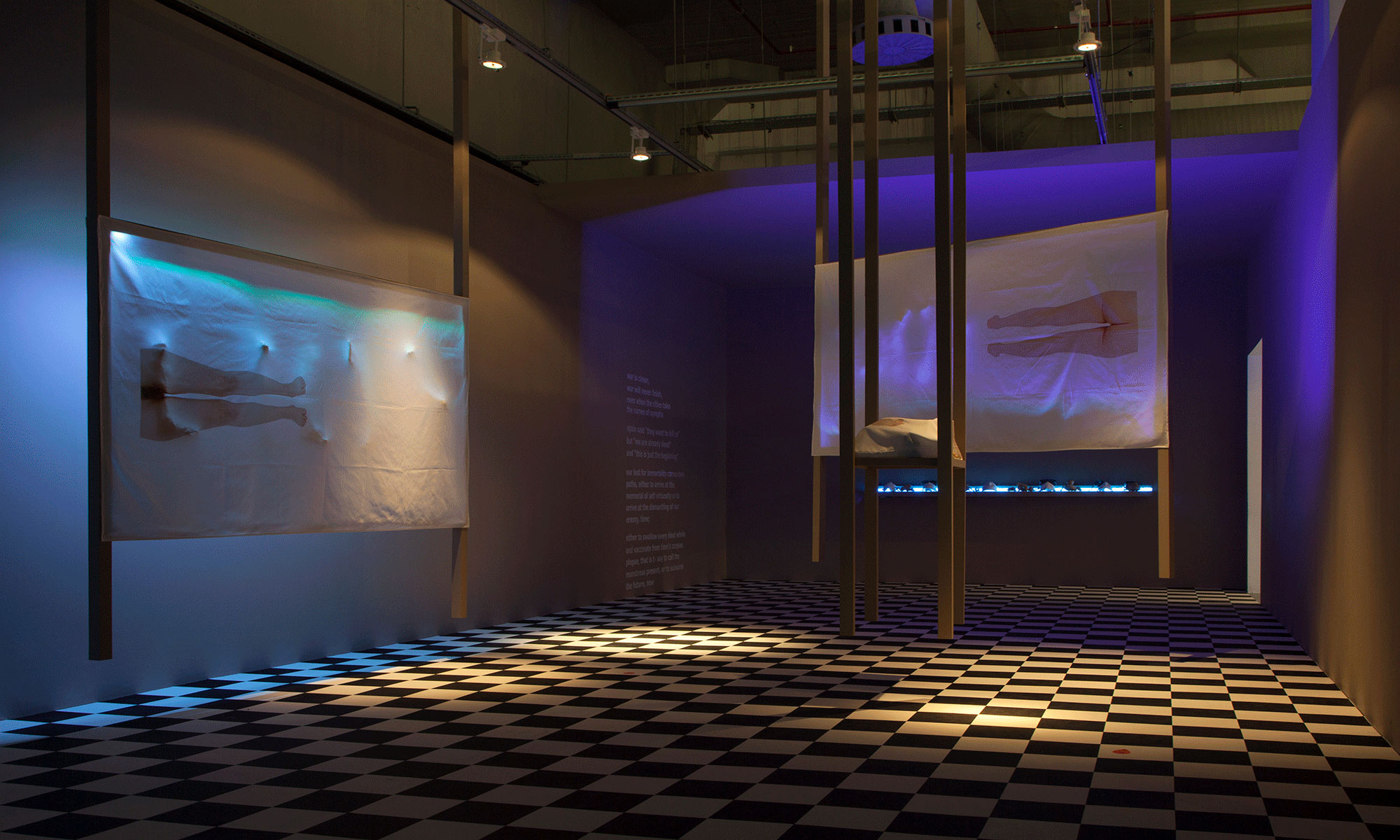
my first science fiction book, Religion, photo by Stathis Mamalakis. ©Georgia Sagri
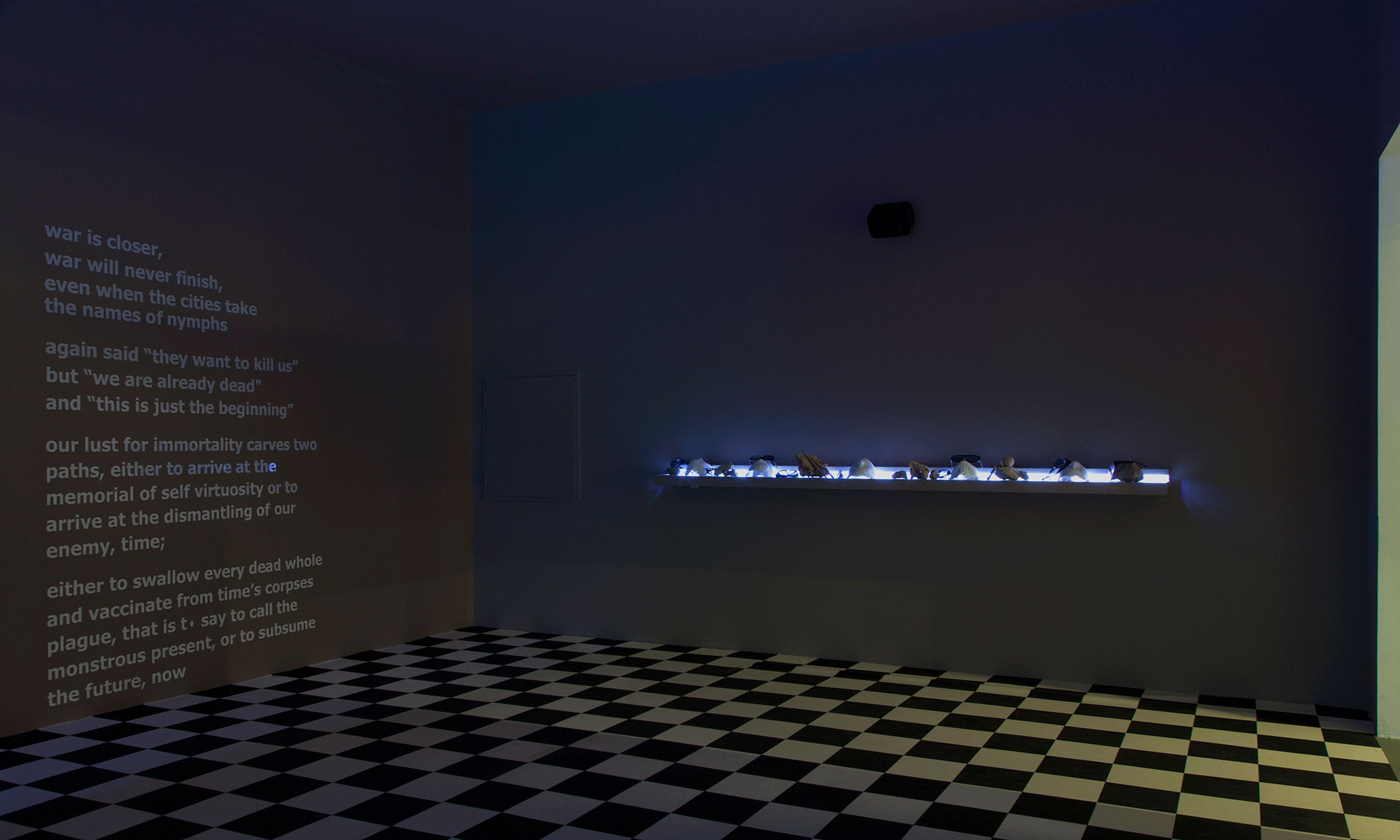
my first science fiction book, Religion, photo by Stathis Mamalakis. ©Georgia Sagri
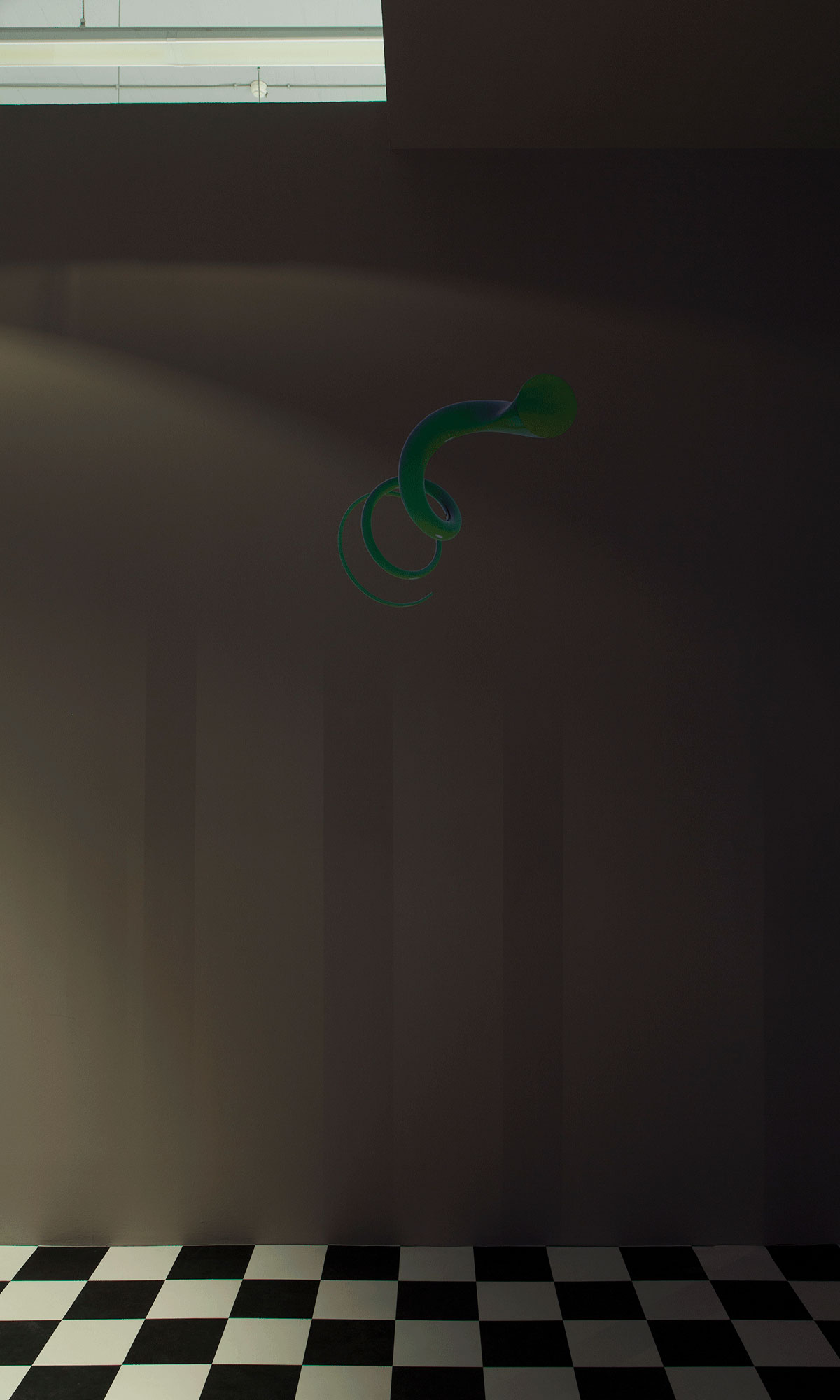
my first science fiction book, Religion, photo by Stathis Mamalakis. ©Georgia Sagri

my first science fiction book, Religion, photo by Stathis Mamalakis. ©Georgia Sagri

my first science fiction book, Religion, photo by Stathis Mamalakis. ©Georgia Sagri
SALOON: There is no country in our hearts
at Museum of Modern Art, Warsaw, Poland (15/10/15)

SALOON: There is no Country in Our Hearts (on Zofia Kulik and Anna Molska), 2014, Performance view, Duration:1h, Museum of Modern Art in Warsaw photo by Bartosz Stawiarski. Sunday Stroll Undone, Performance, Krakow, Poland, ©Georgia Sagri
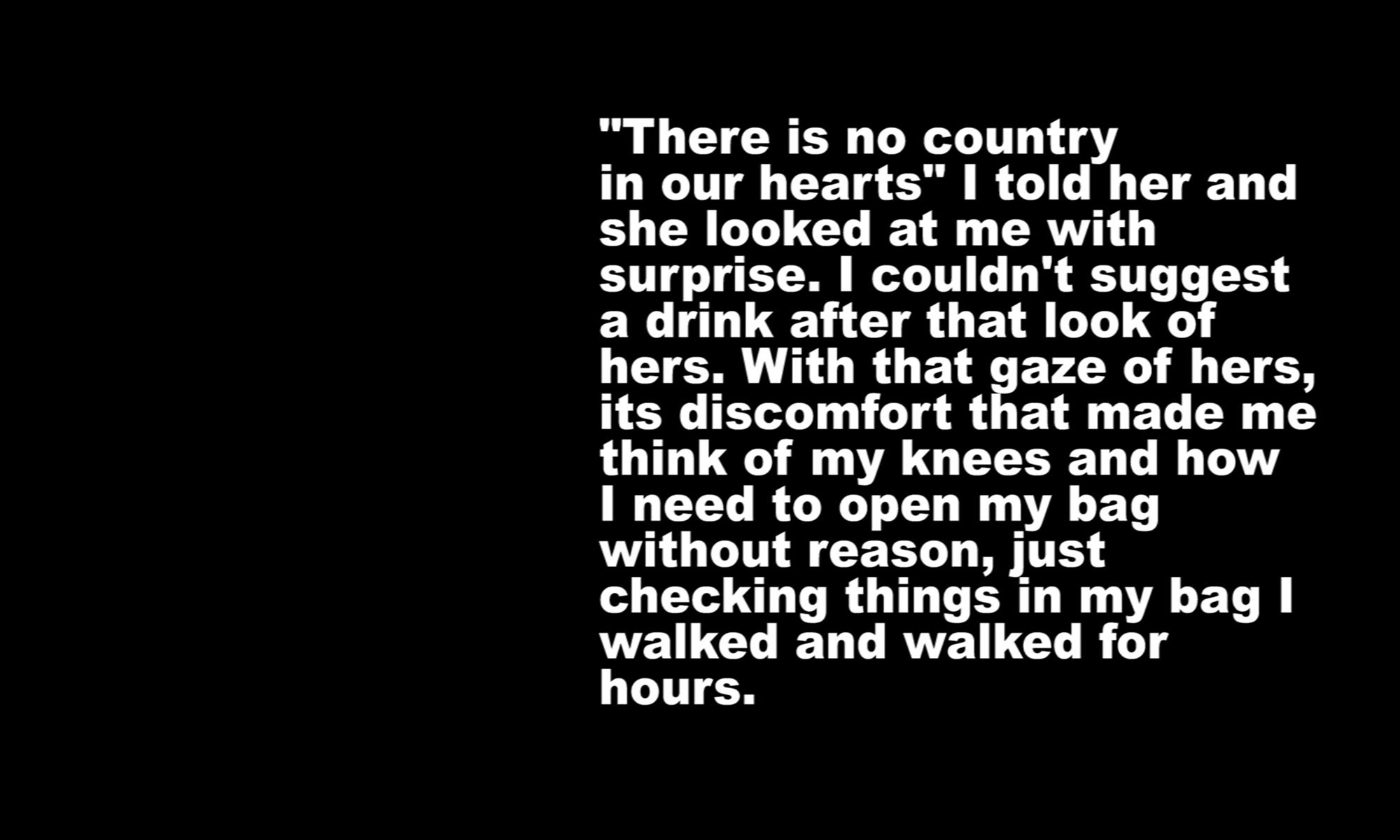
SALOON: There is no Country in Our Hearts (on Zofia Kulik and Anna Molska), 2014, Performance view, Duration:1h, Museum of Modern Art in Warsaw photo by Bartosz Stawiarski. Sunday Stroll Undone, Performance, Krakow, Poland, ©Georgia Sagri
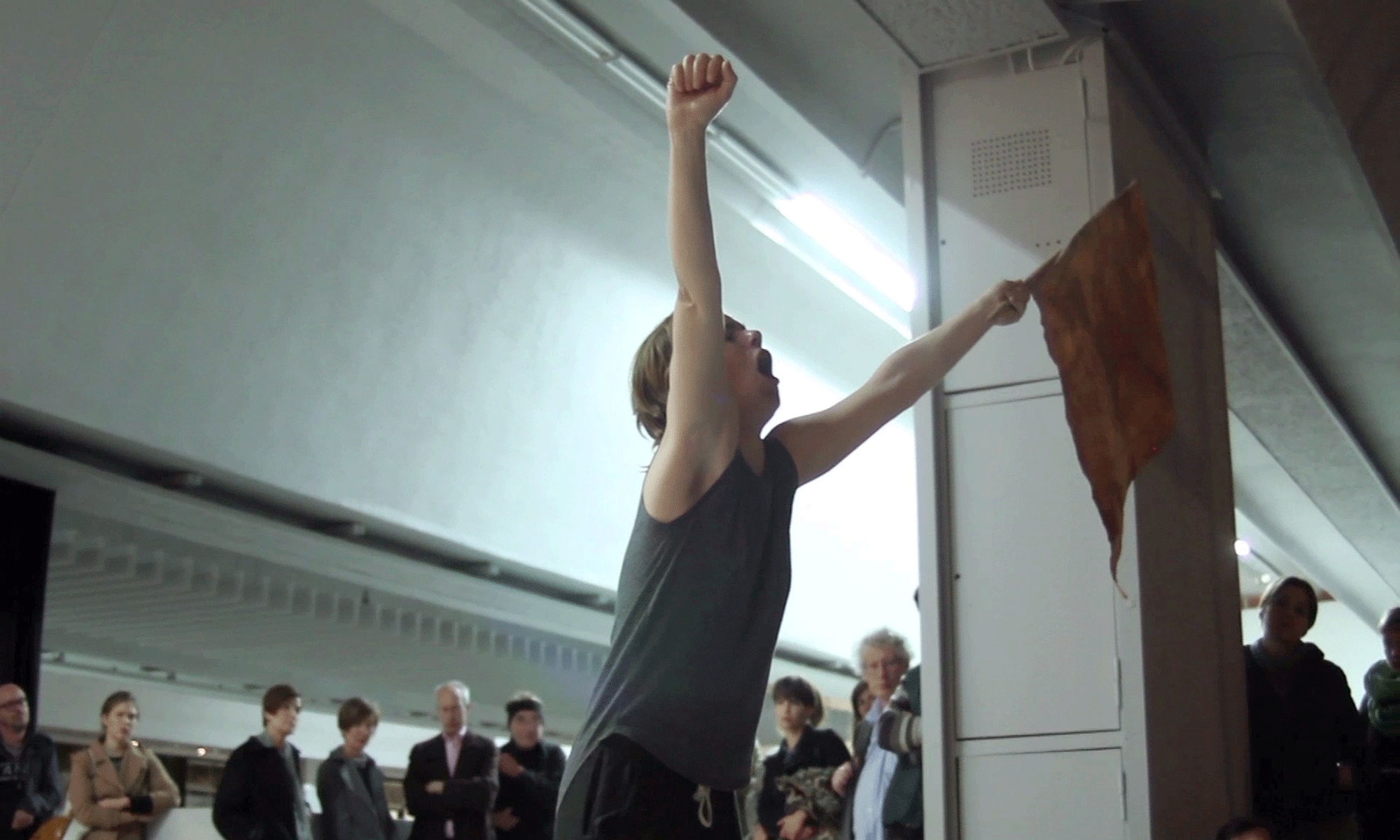
SALOON: There is no Country in Our Hearts (on Zofia Kulik and Anna Molska), 2014, Performance view, Duration:1h, Museum of Modern Art in Warsaw photo by Bartosz Stawiarski. Sunday Stroll Undone, Performance, Krakow, Poland, ©Georgia Sagri
Foreign Affairs Festival
at KW Institute for Contemporary Art (4/7/15)
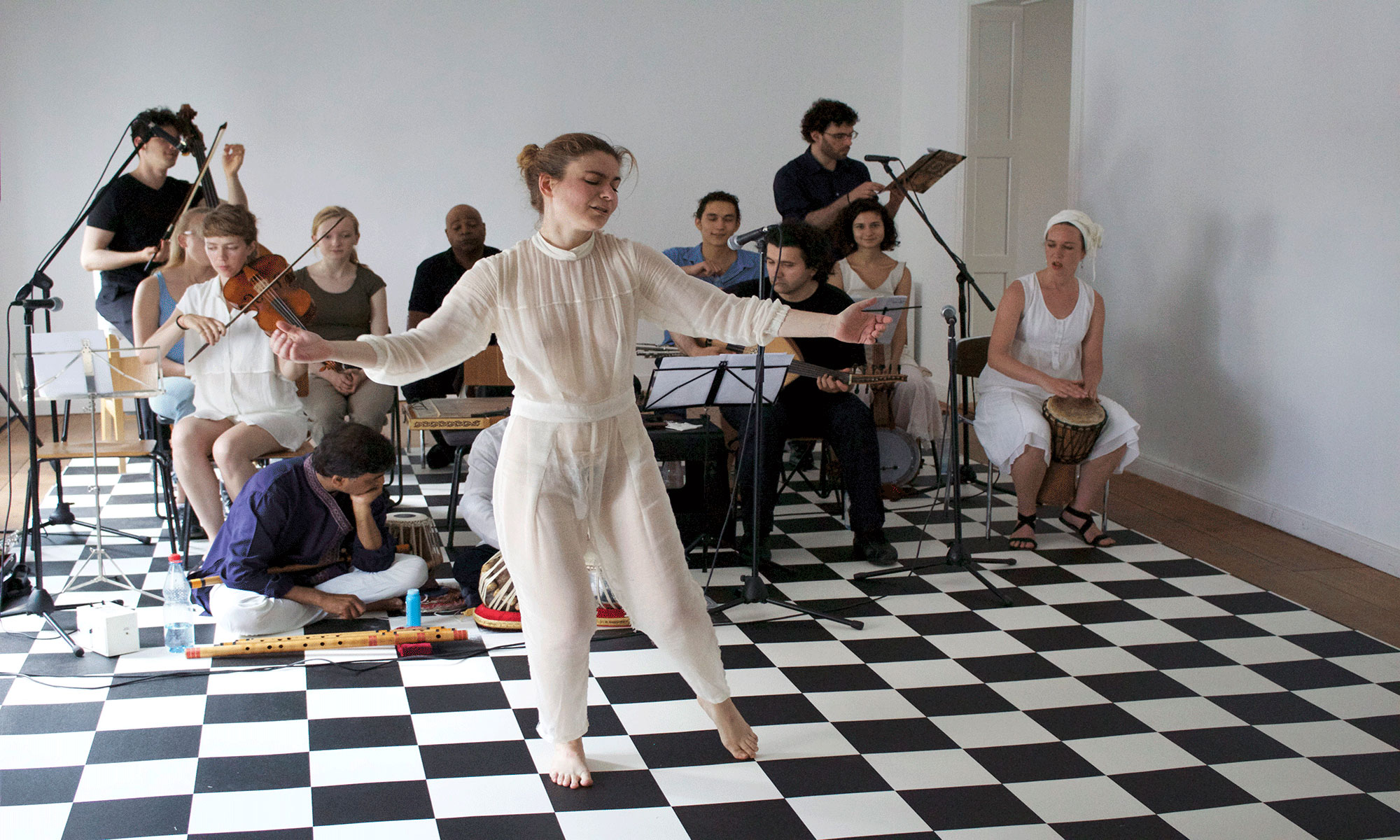
my first science fiction book, Religion, photo by Stathis Mamalakis. ©Georgia Sagri
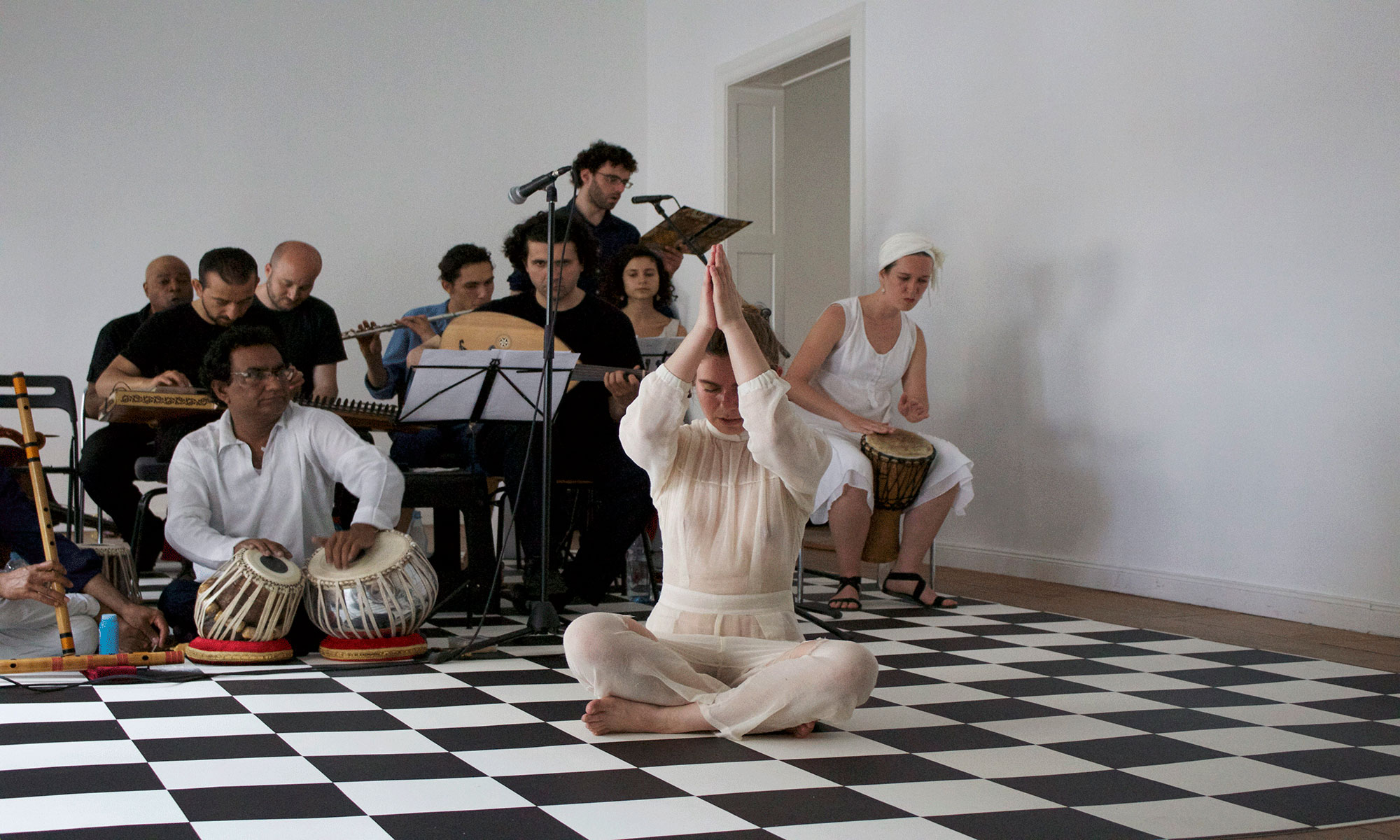
my first science fiction book, Religion, photo by Stathis Mamalakis. ©Georgia Sagri
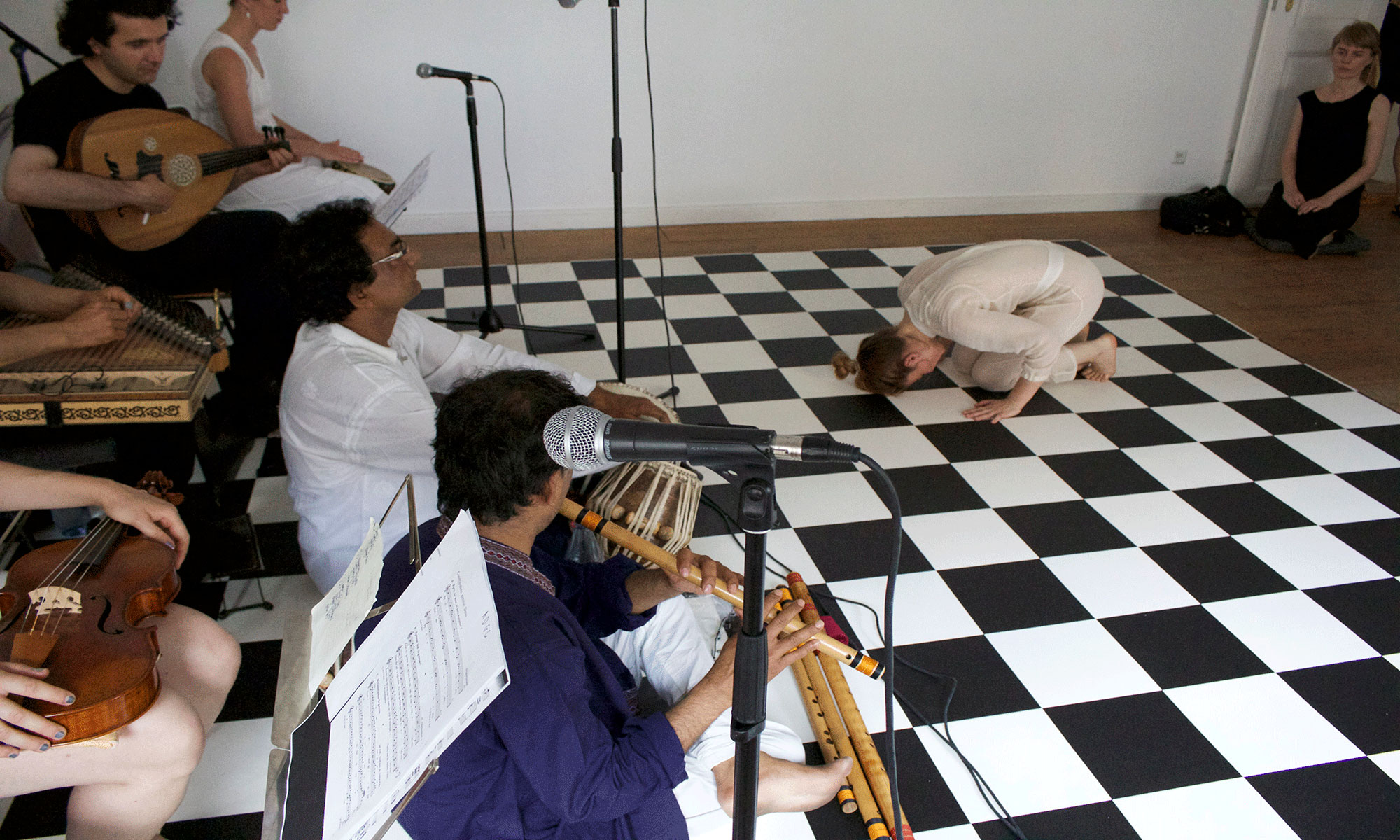
my first science fiction book, Religion, photo by Stathis Mamalakis. ©Georgia Sagri
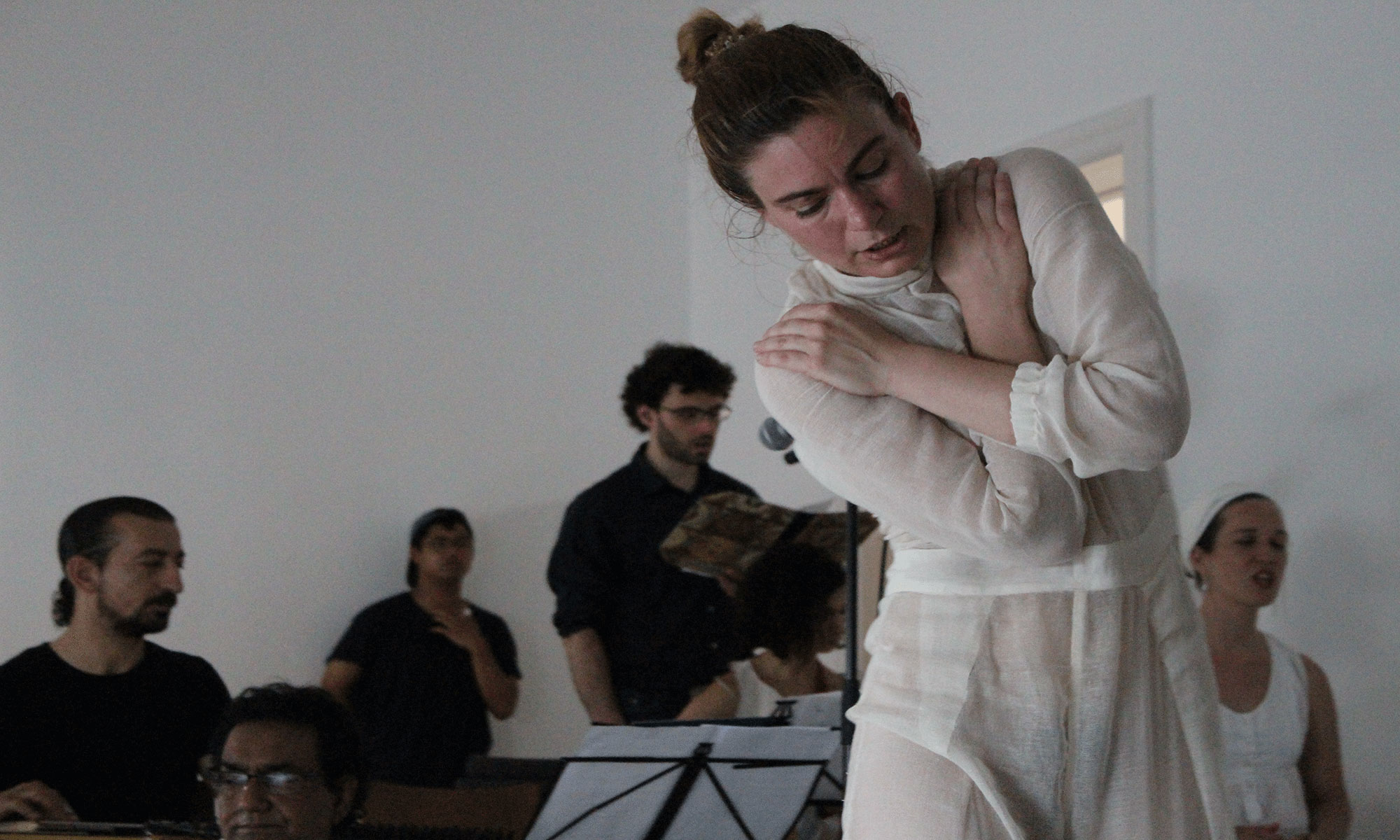
my first science fiction book, Religion, photo by Stathis Mamalakis. ©Georgia Sagri
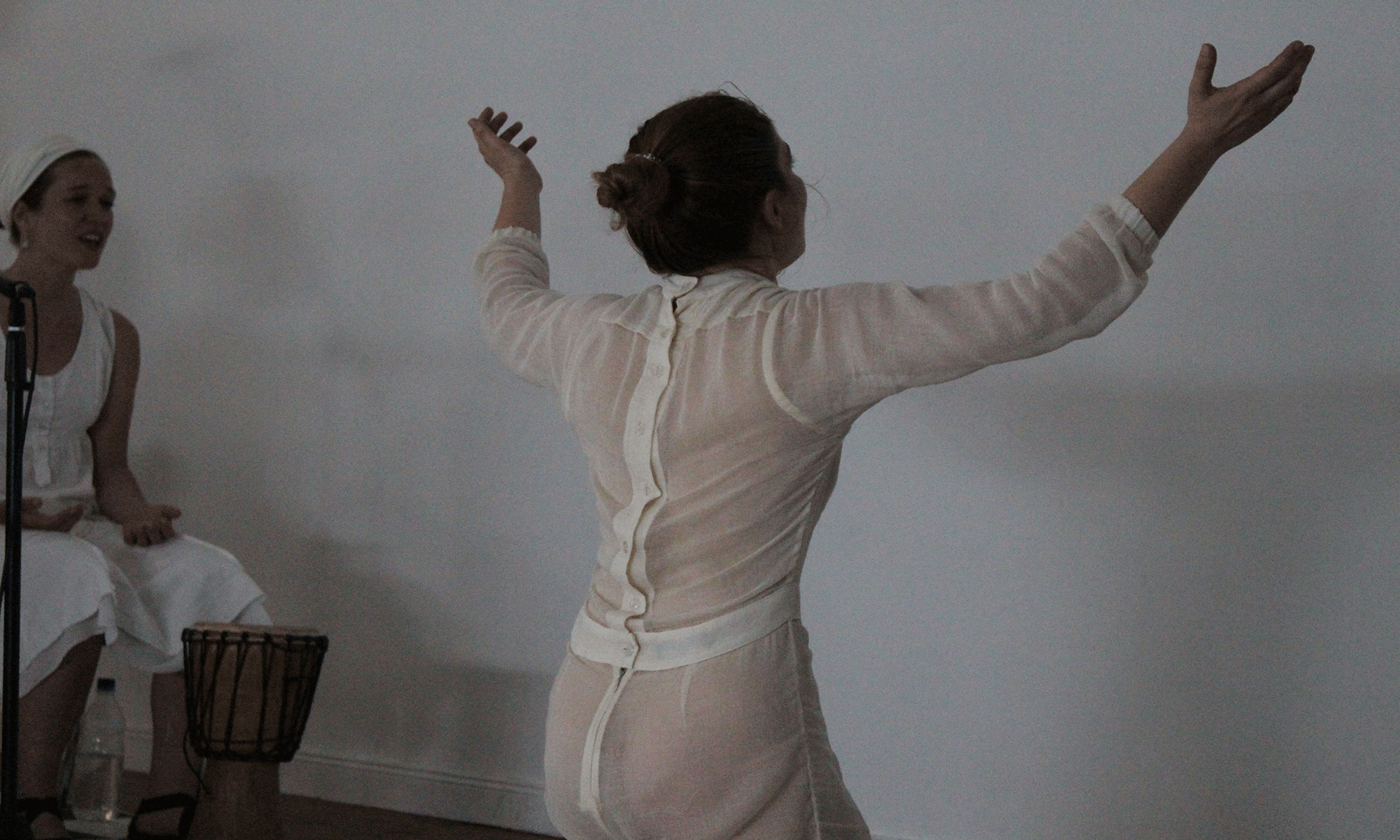
my first science fiction book, Religion, photo by Stathis Mamalakis. ©Georgia Sagri
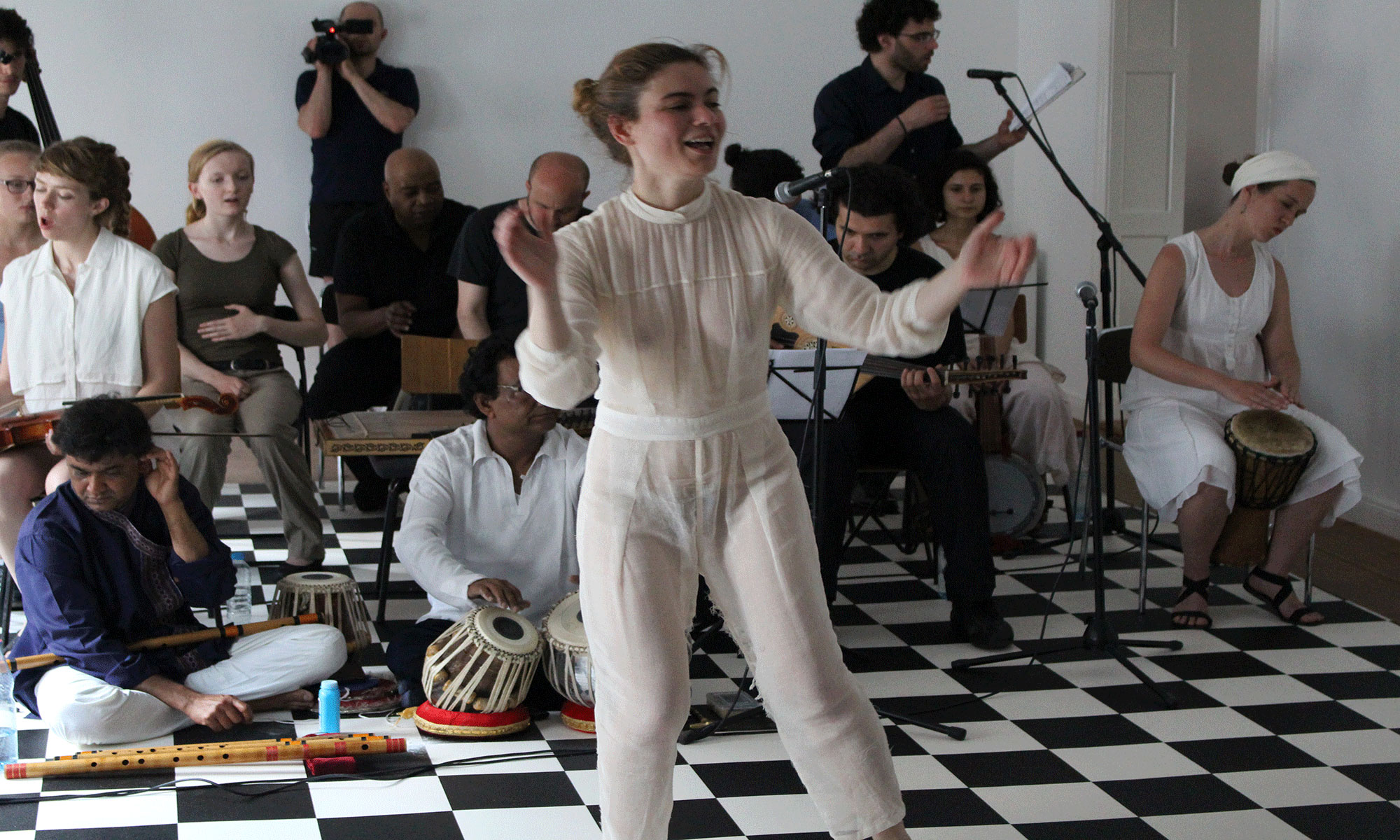
my first science fiction book, Religion, photo by Stathis Mamalakis. ©Georgia Sagri
Exhibita.ch / EAT THE TOOL
at Fordé, Geneva, Switzerland and online at exhibita.ch (19/4 - 17/5/15)
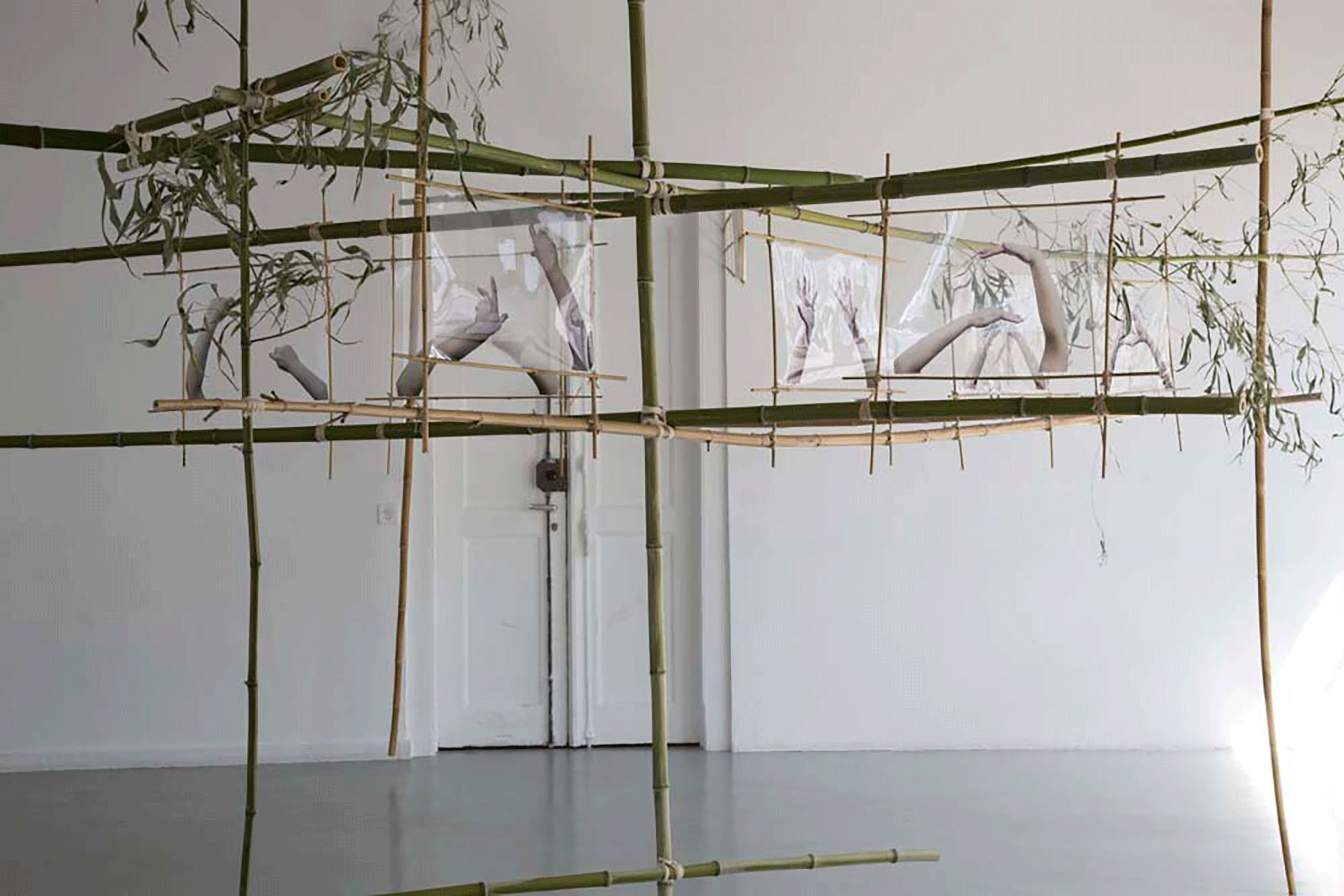
Exhibita.ch/EAT THE TOOL, 2015, photo by Stathis Mamalakis. ©Georgia Sagri
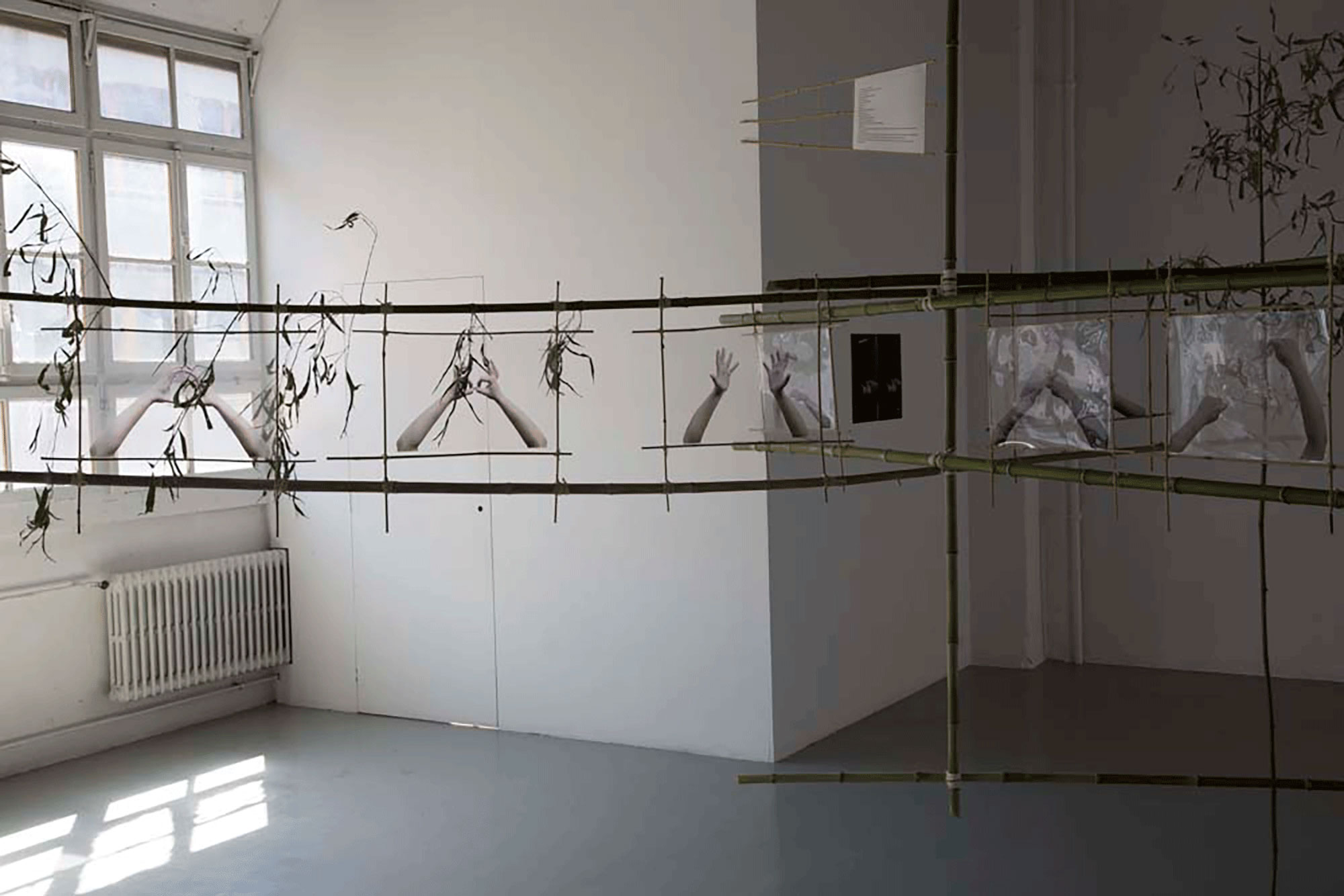
Exhibita.ch/EAT THE TOOL, 2015, photo by Stathis Mamalakis. ©Georgia Sagri
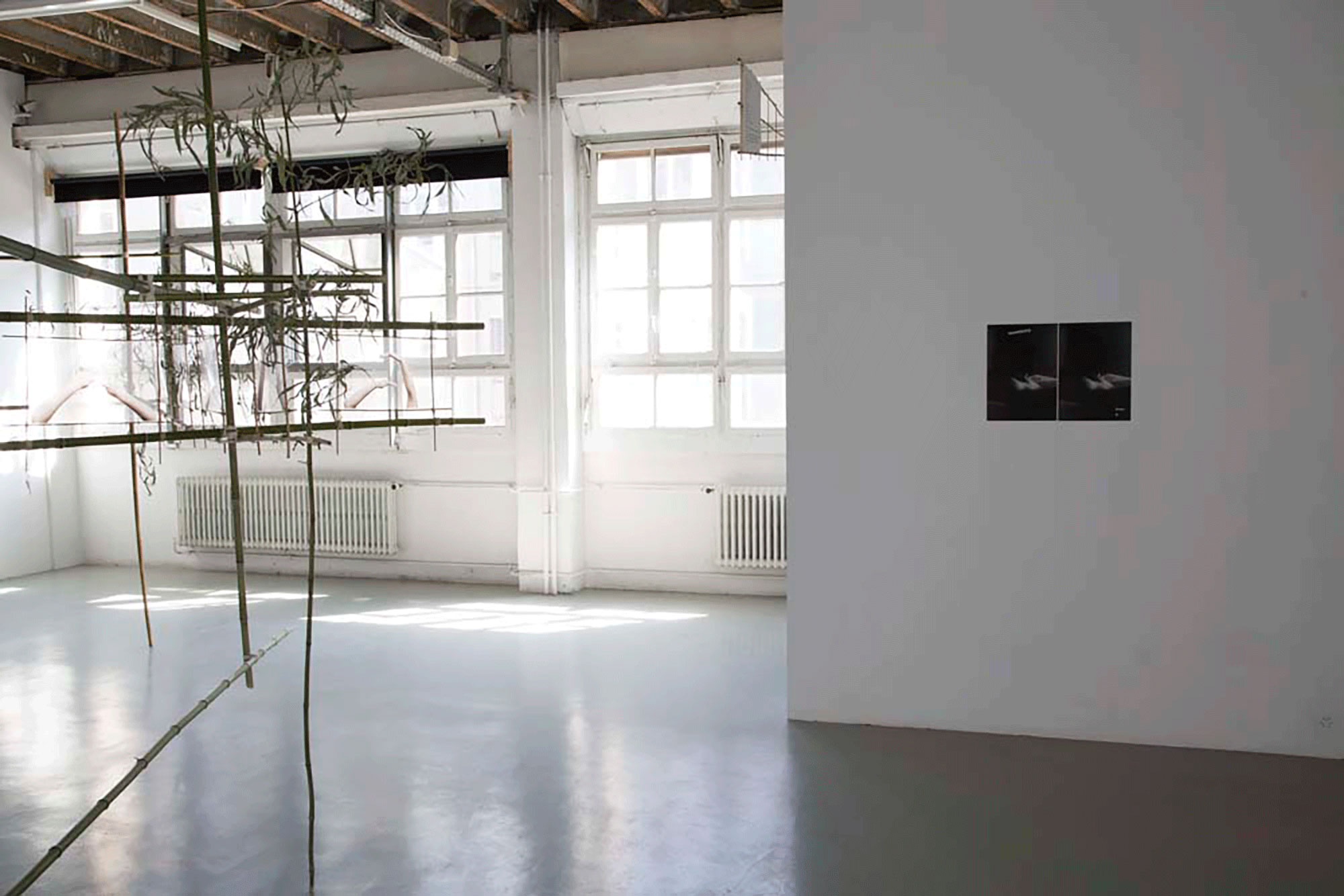
Exhibita.ch/EAT THE TOOL, 2015, photo by Stathis Mamalakis. ©Georgia Sagri

Exhibita.ch/EAT THE TOOL, 2015, photo by Stathis Mamalakis. ©Georgia Sagri
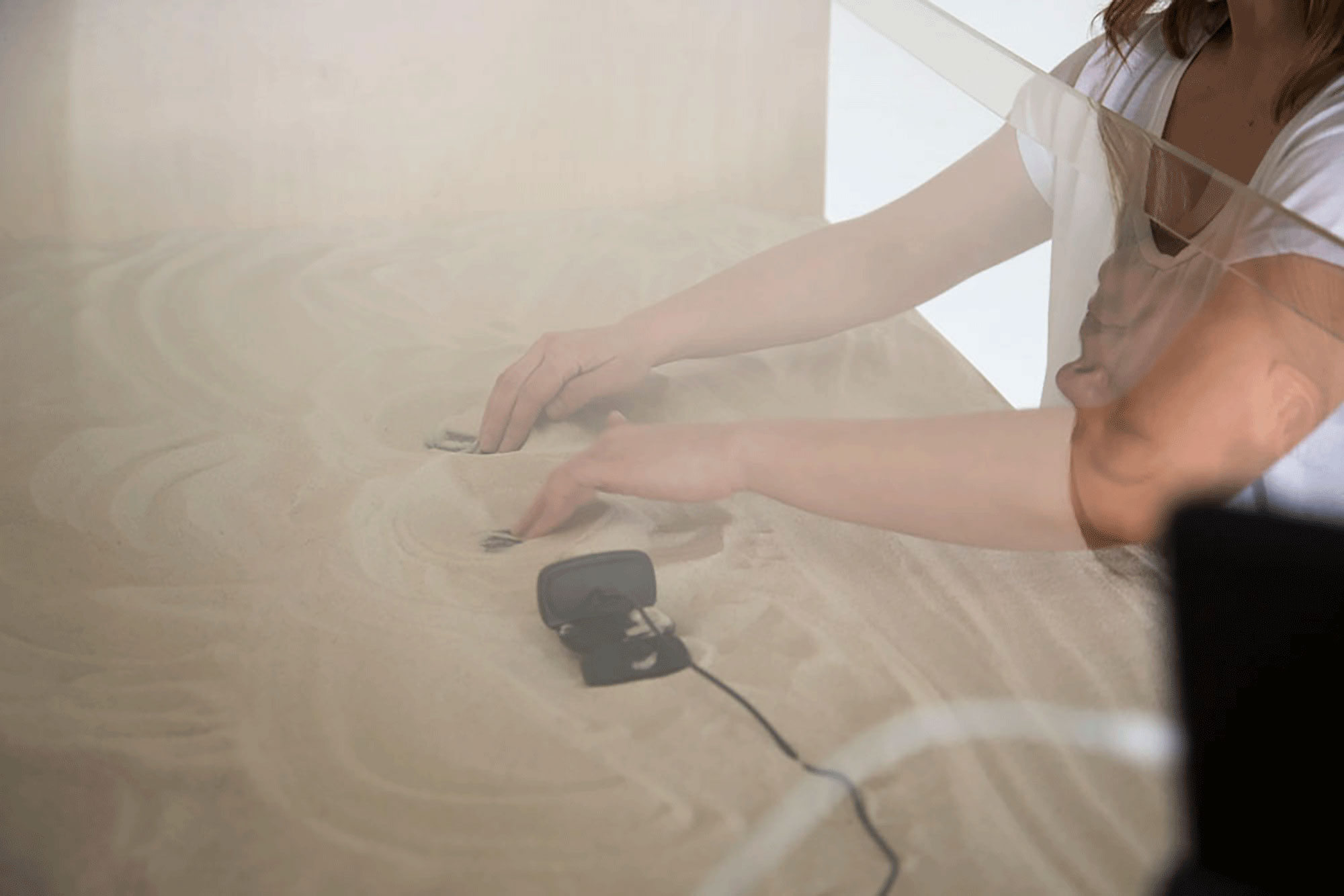
Exhibita.ch/EAT THE TOOL, 2015, photo by Stathis Mamalakis. ©Georgia Sagri
GEORGIA SAGRI: DAILY BREAD
at Mathew Gallery, New York and online on dailybread.nyc, supported by Issue Project Room, New York (8 - 22/3/15)
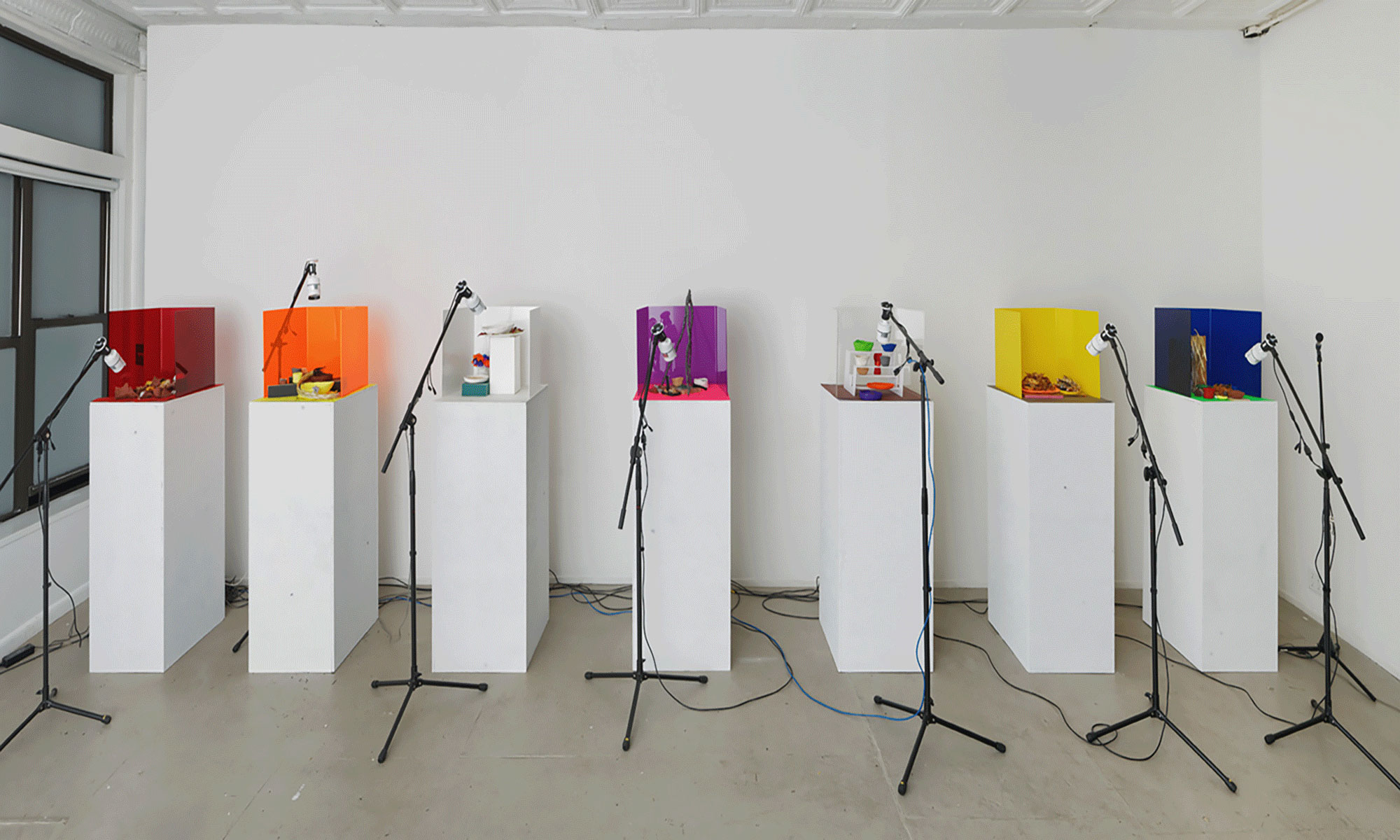
Daily Bread installation view. ©Georgia Sagri
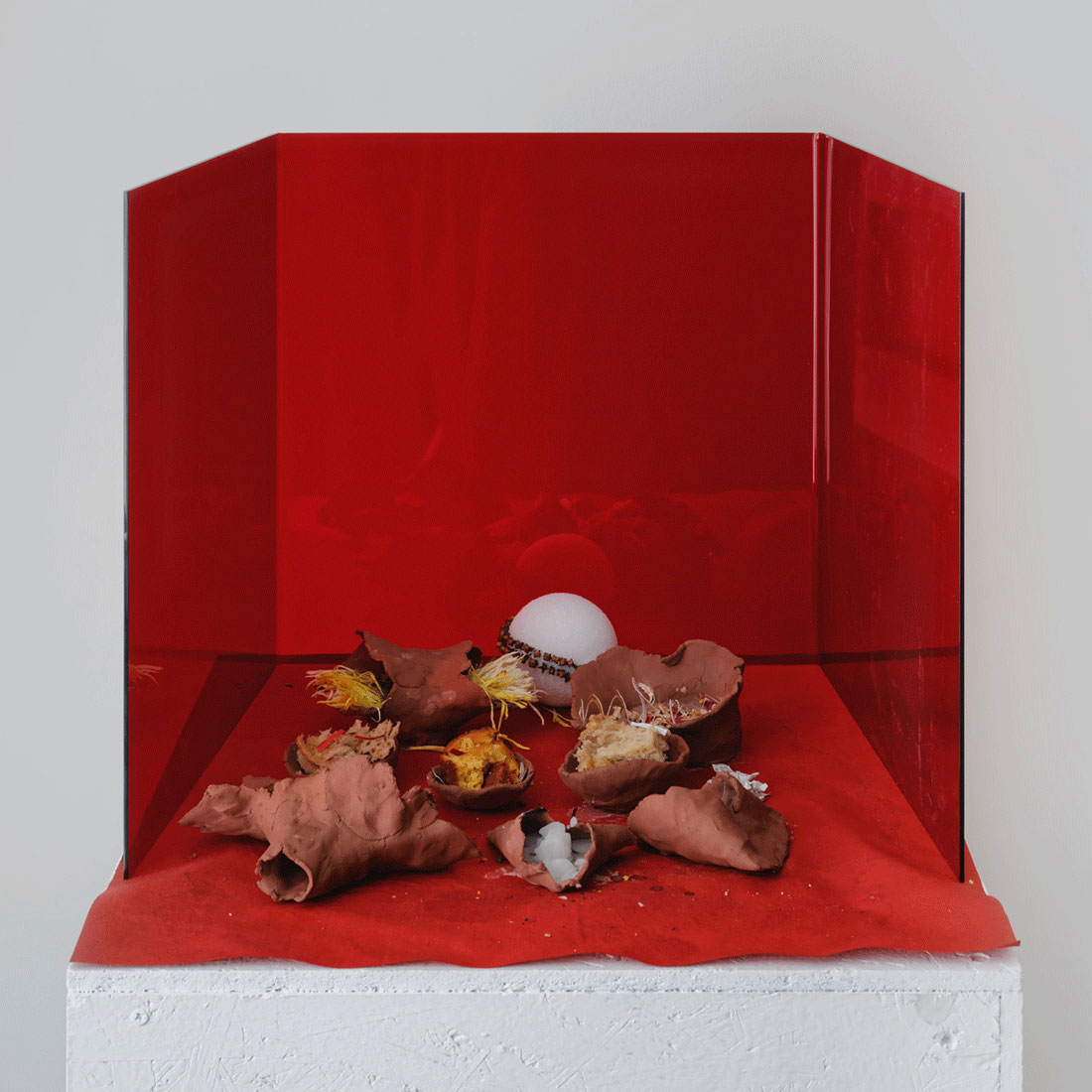
Daily Bread installation view. ©Georgia Sagri
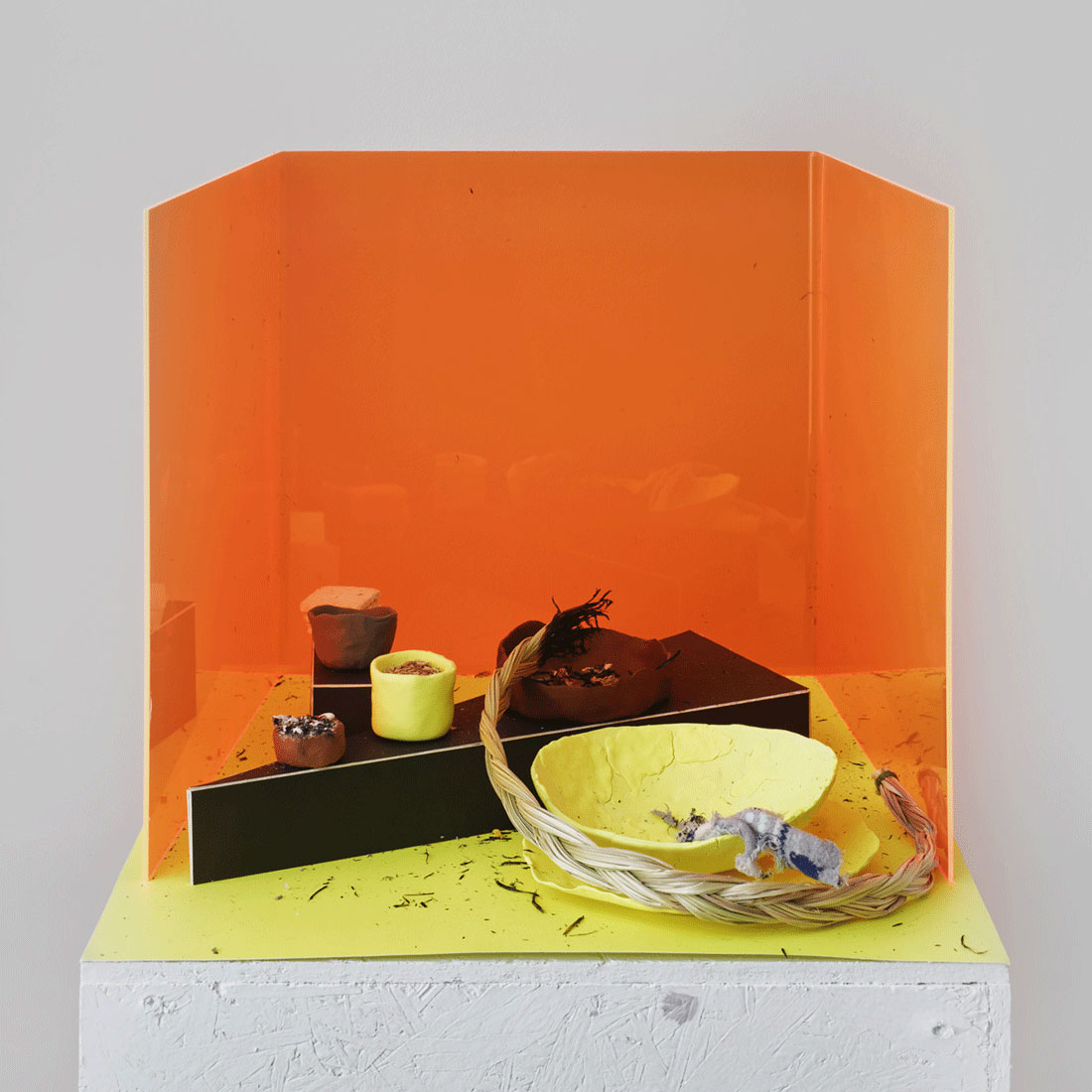
Daily Bread installation view. ©Georgia Sagri
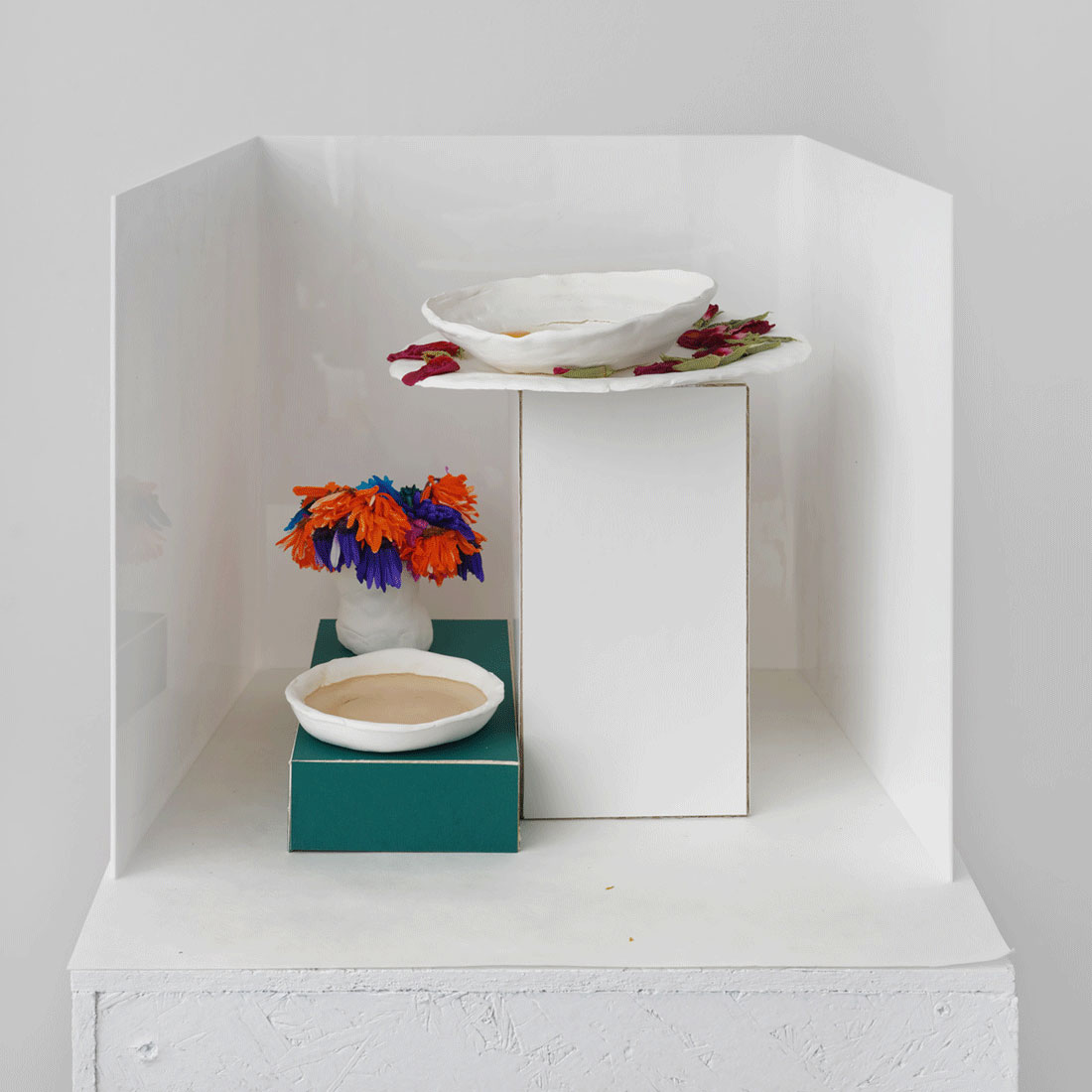
Daily Bread installation view. ©Georgia Sagri
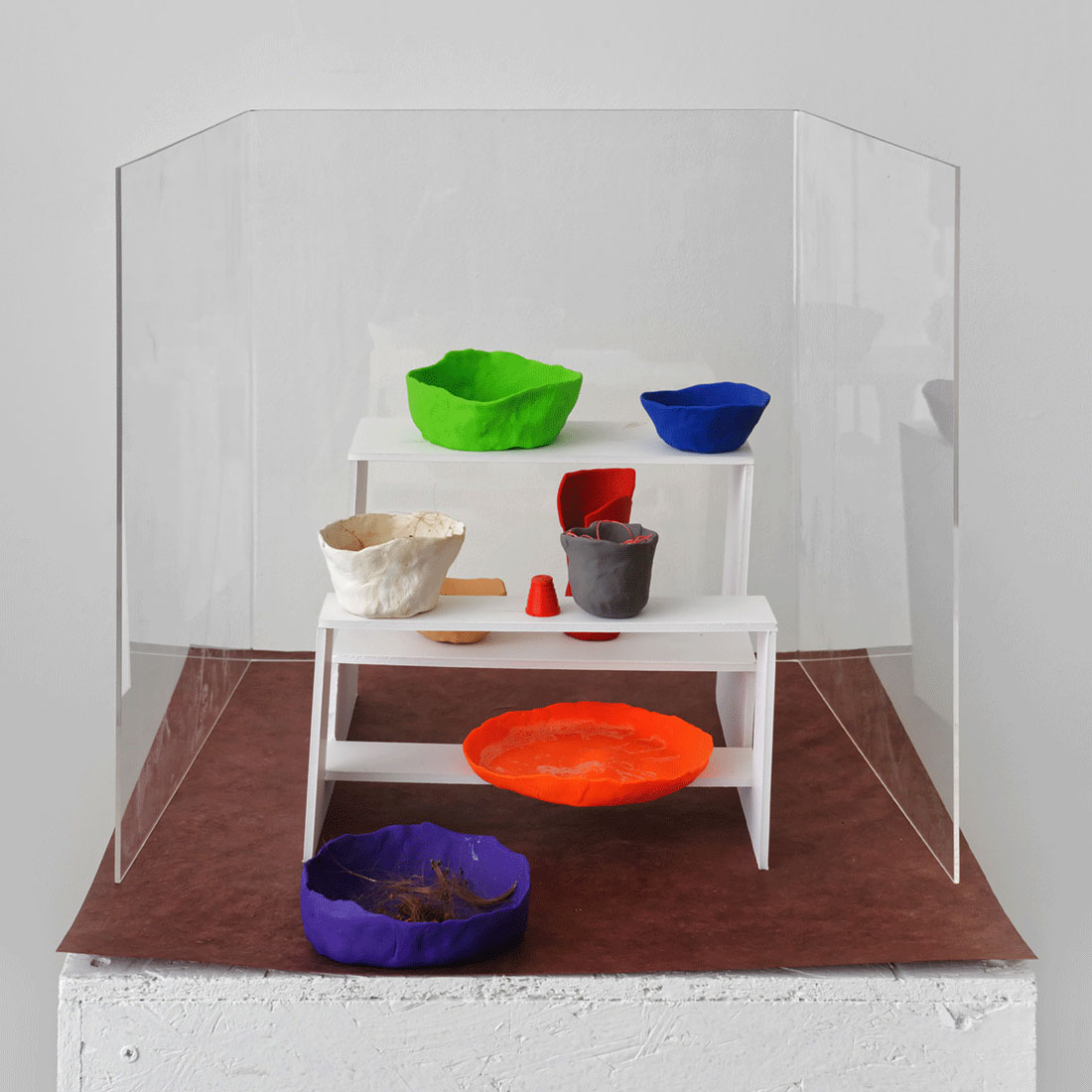
Daily Bread installation view. ©Georgia Sagri

Daily Bread installation view. ©Georgia Sagri
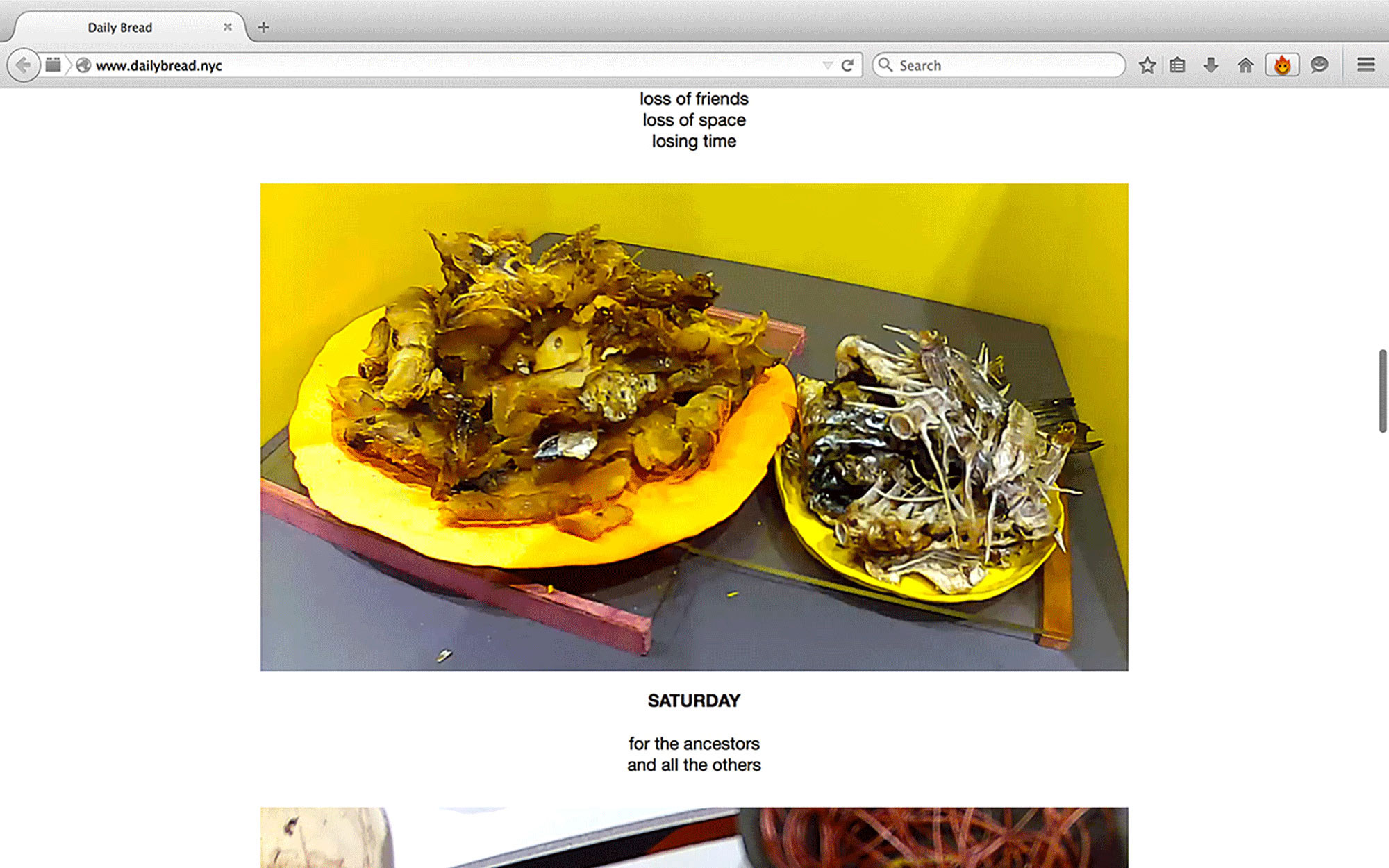
Daily Bread installation view. ©Georgia Sagri
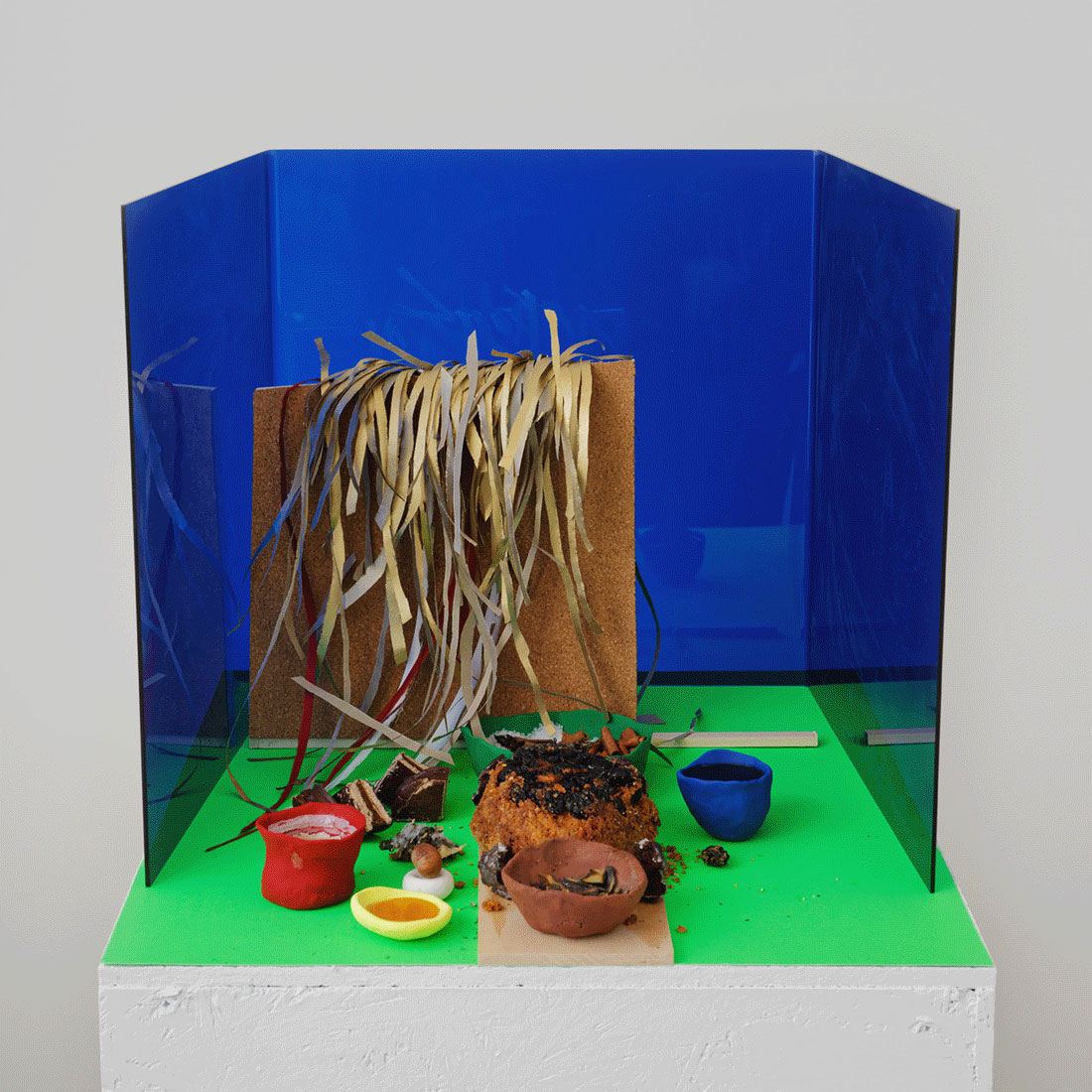
Daily Bread installation view. ©Georgia Sagri
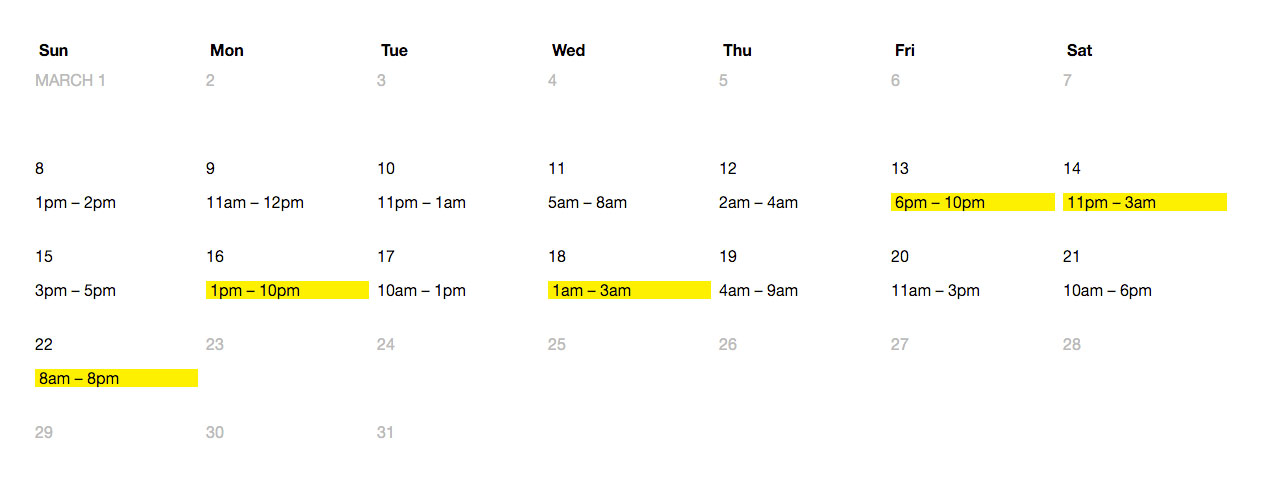
Daily Bread installation view. ©Georgia Sagri
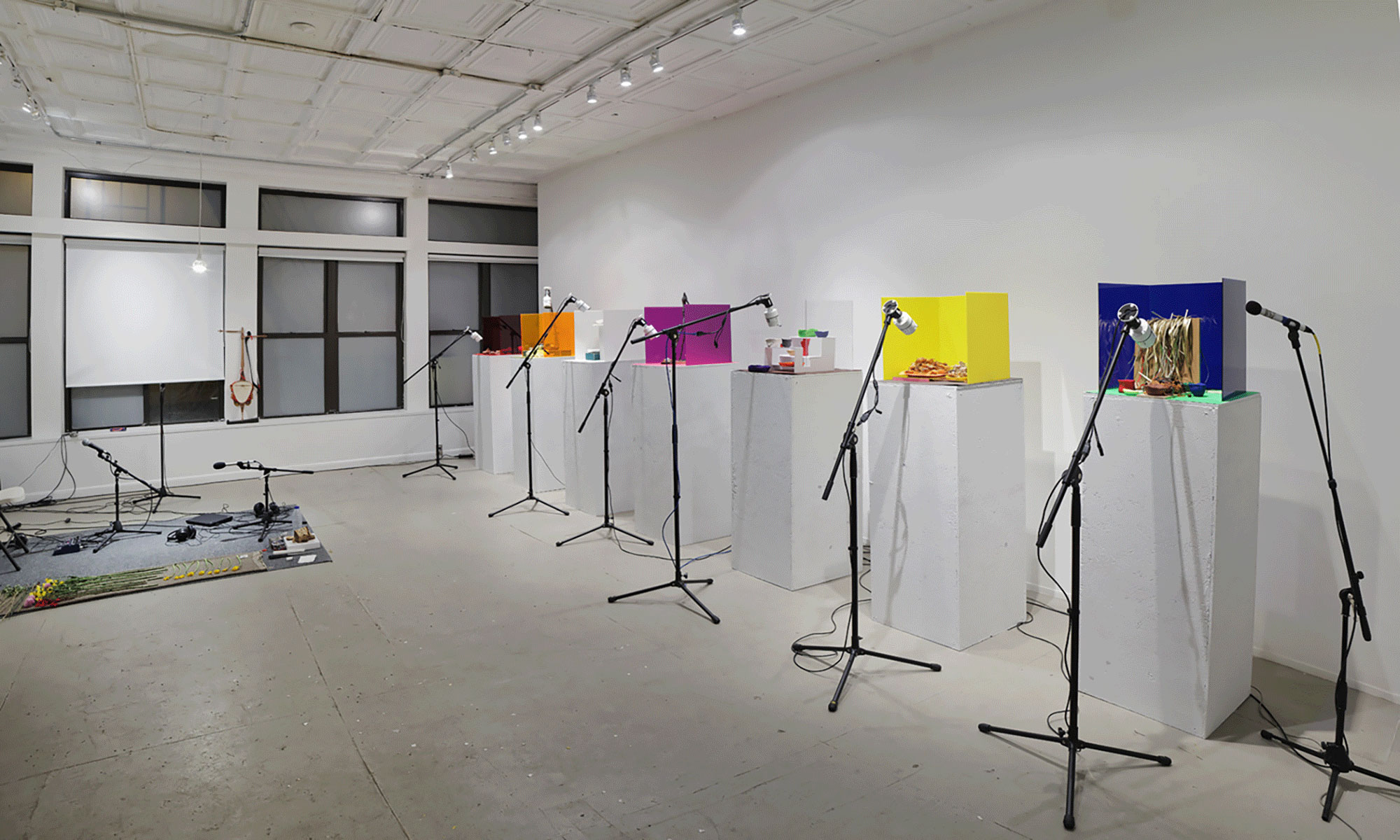
Daily Bread installation view. ©Georgia Sagri
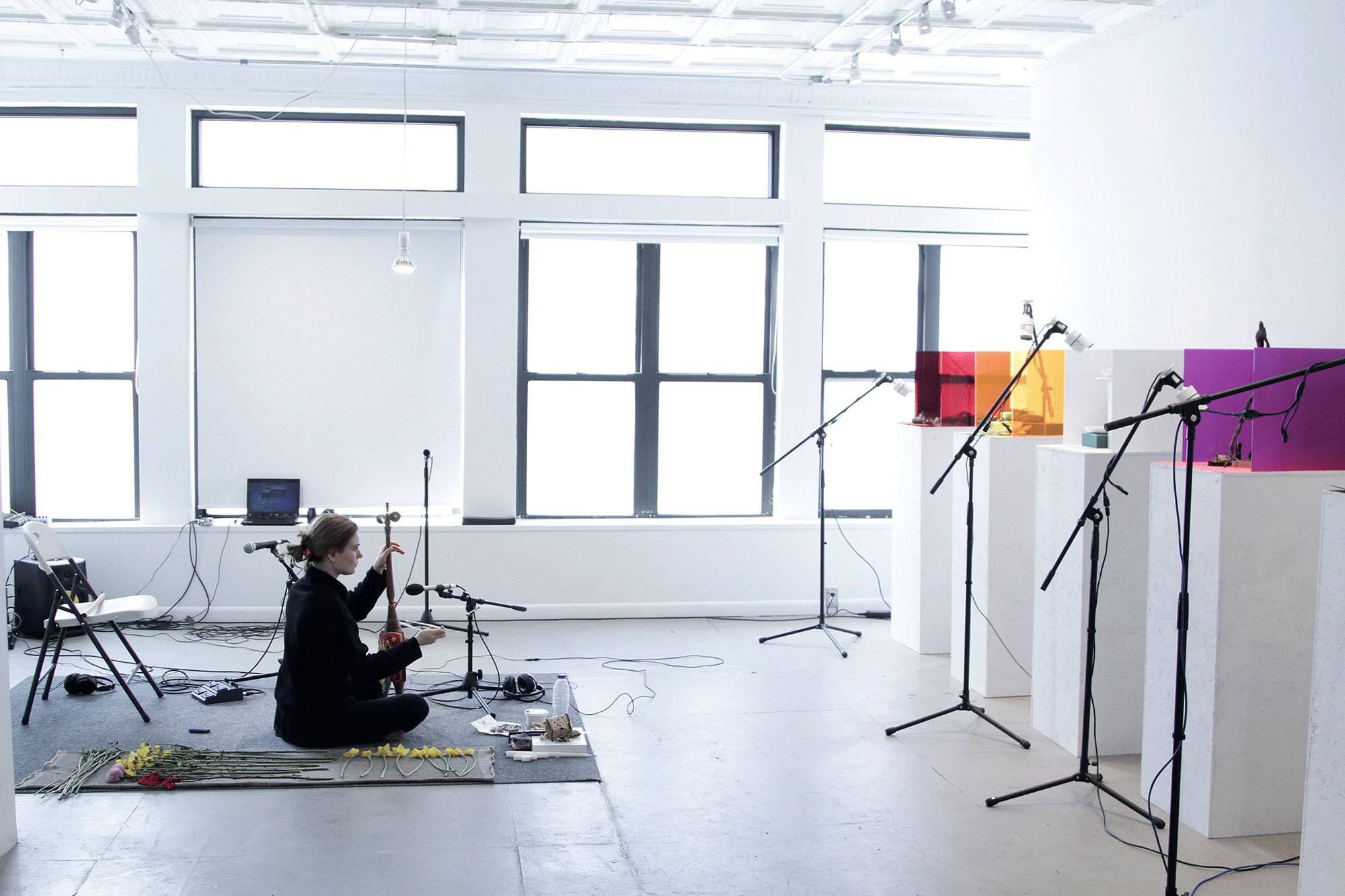
Daily Bread installation view. ©Georgia Sagri
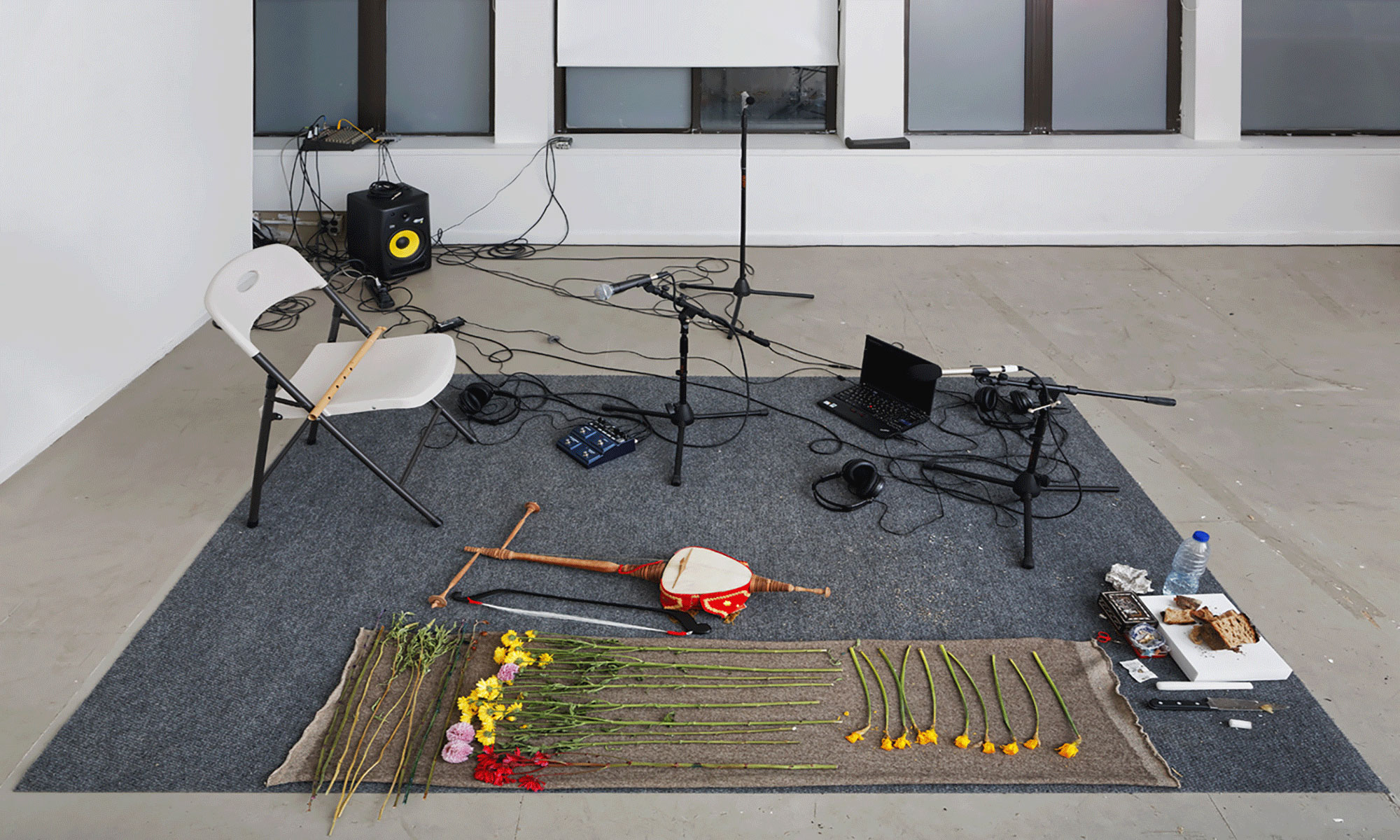
Daily Bread installation view. ©Georgia Sagri
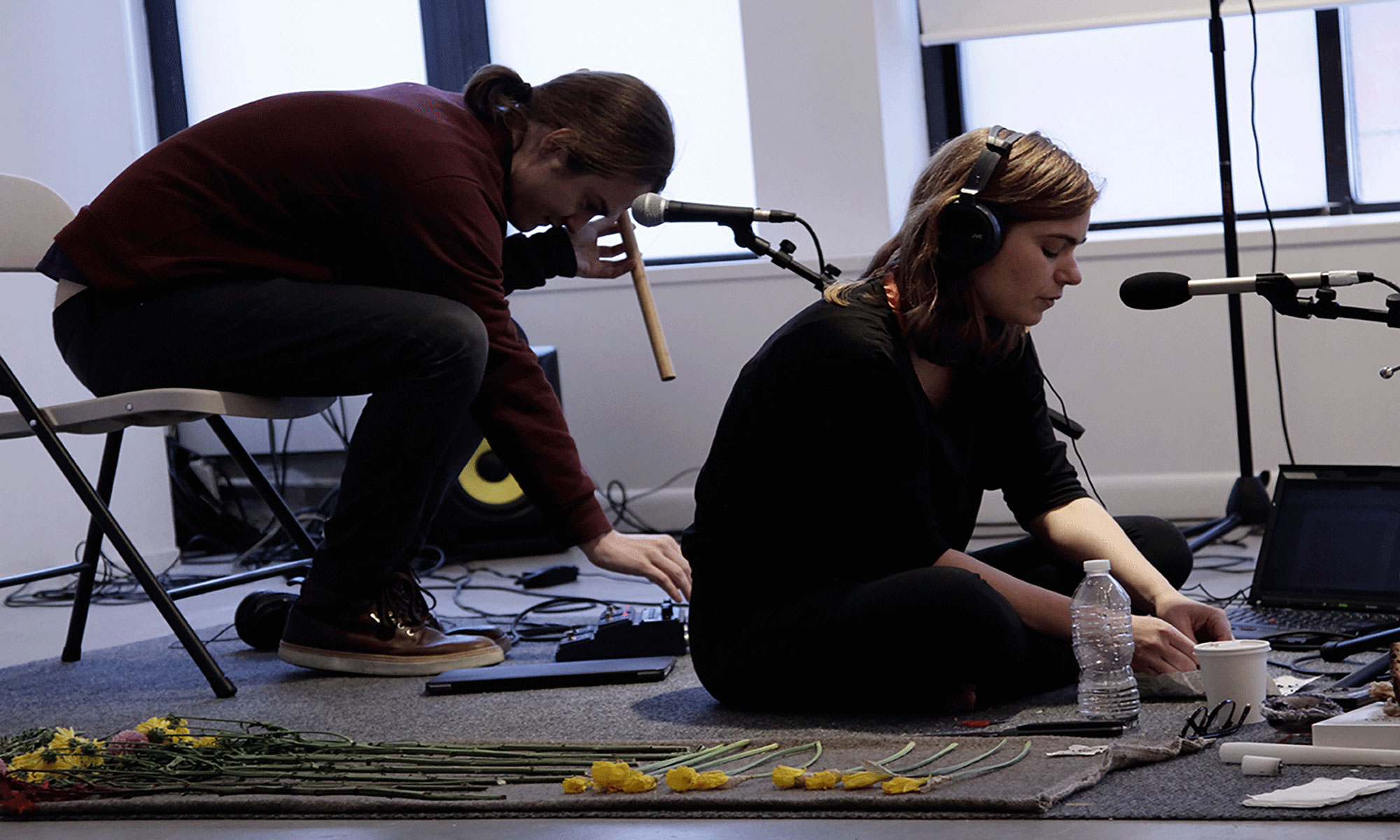
Daily Bread installation view. ©Georgia Sagri
Sunday Stroll Undone
accompanied by Hunter Hunt Hendrix, curated by Monika Szczukowska, Junkier Sztuki and Nika Kowska, Krakow, Poland
↓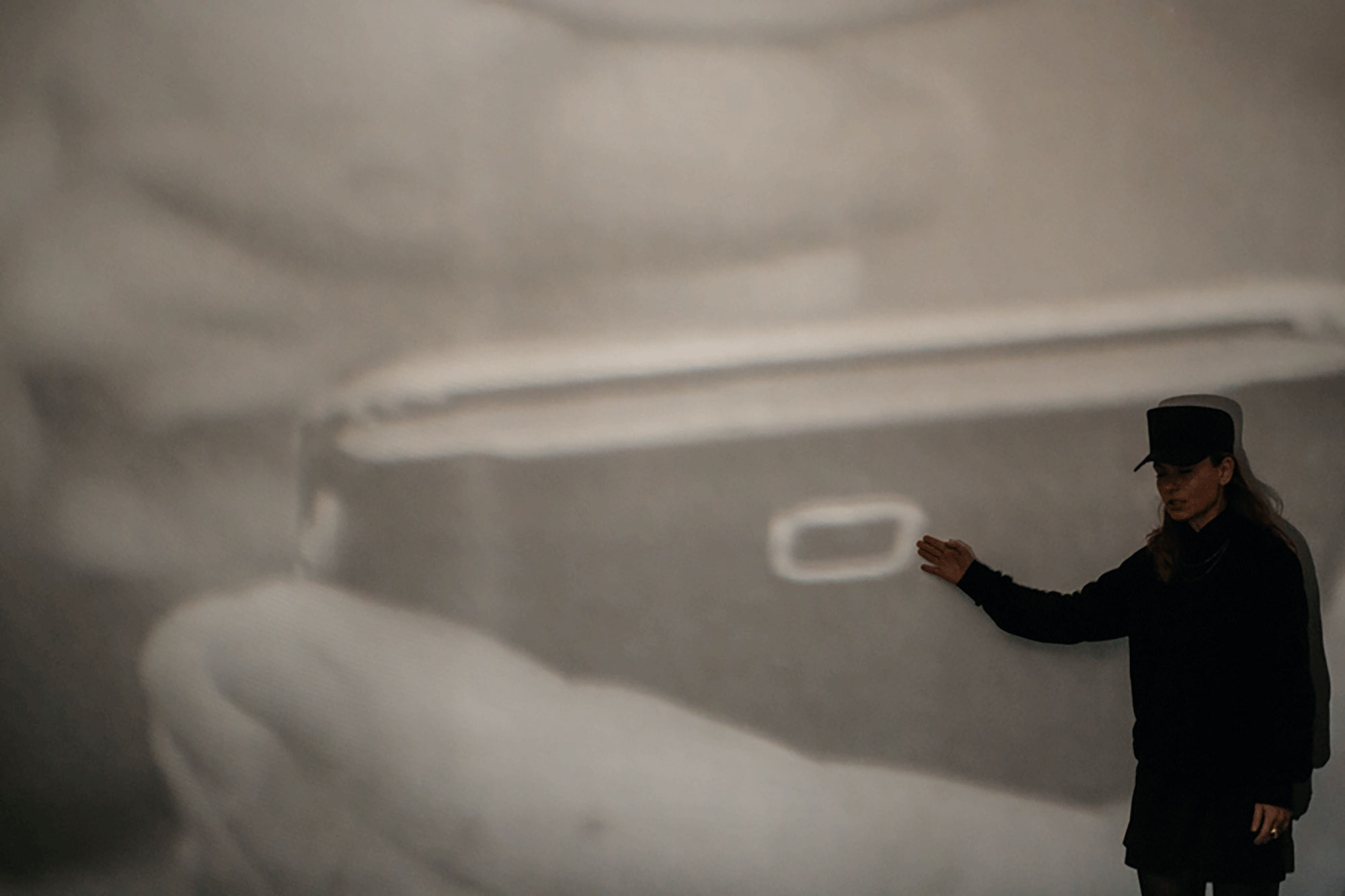
Sunday Stroll Undone, Performance, Krakow, Poland, ©Georgia Sagri
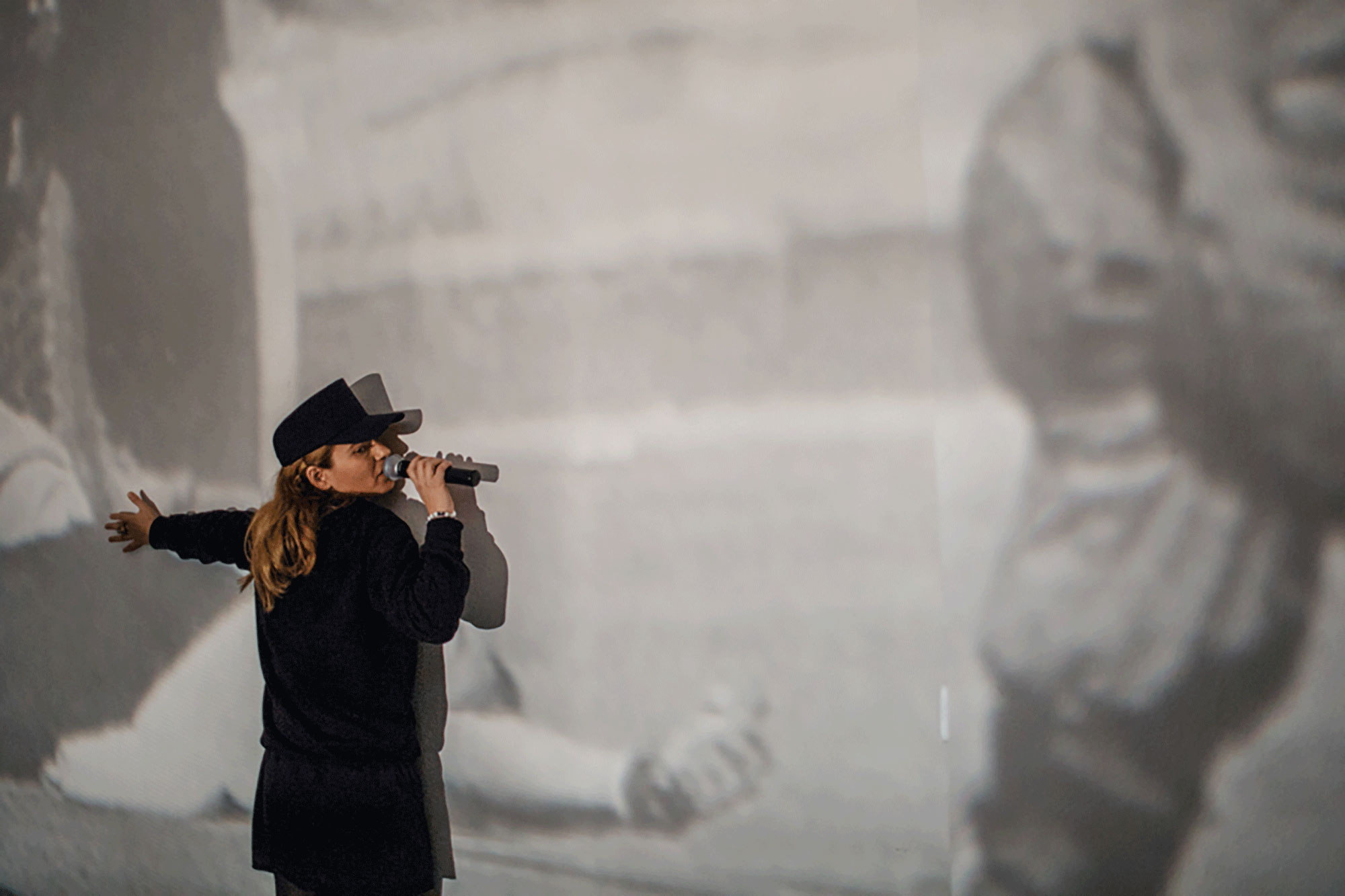
Sunday Stroll Undone, Performance, Krakow, Poland, ©Georgia Sagri
